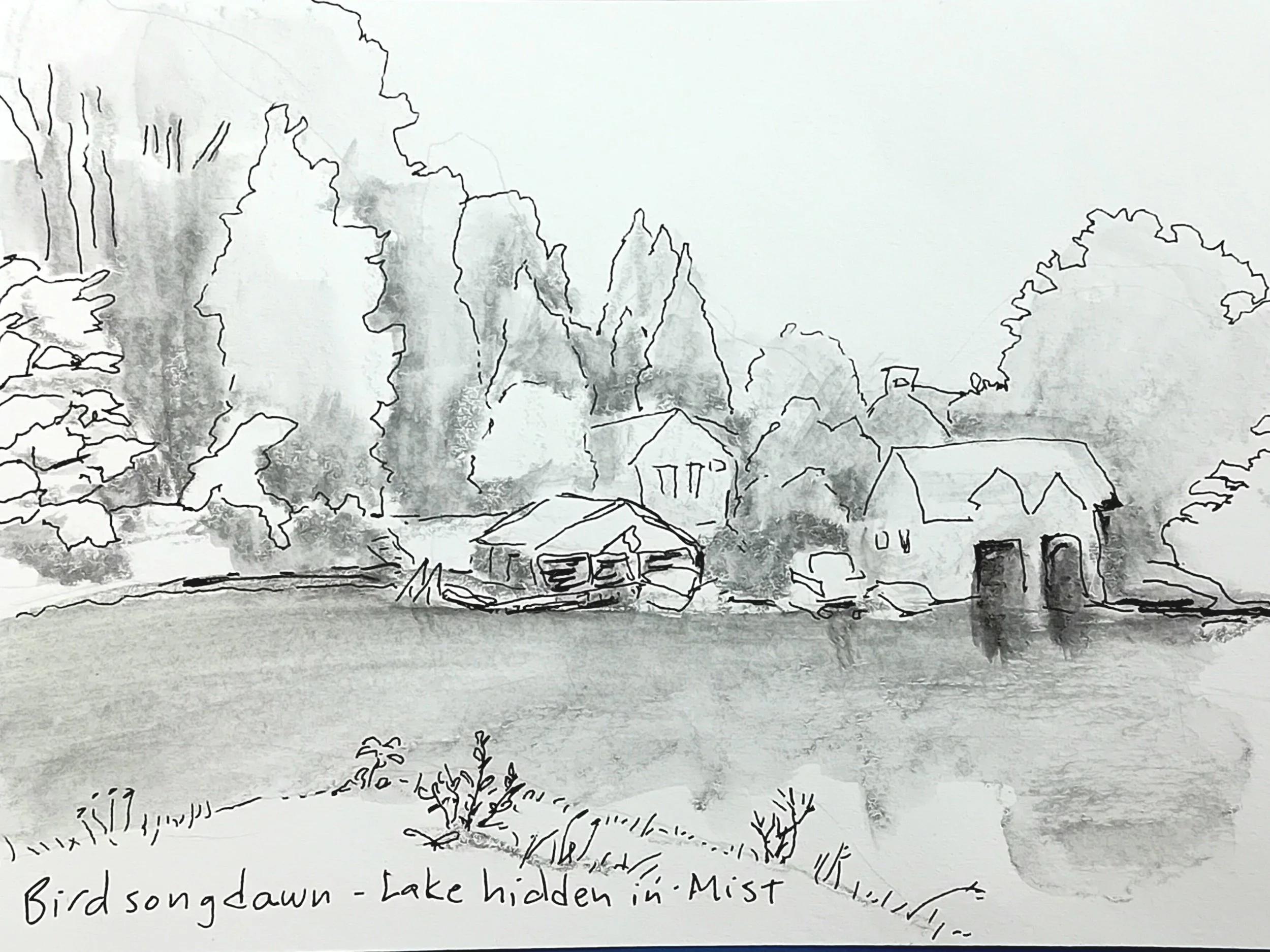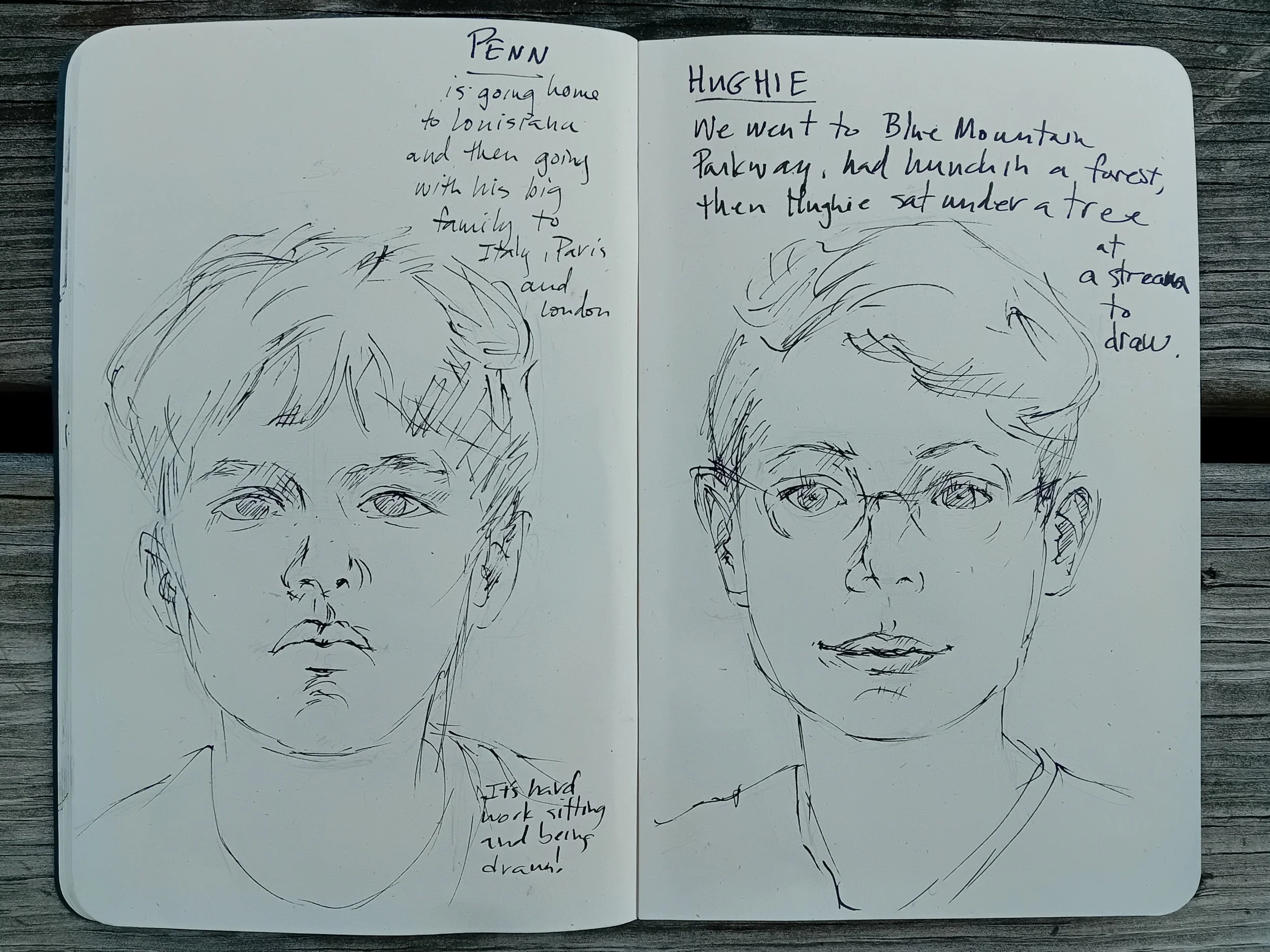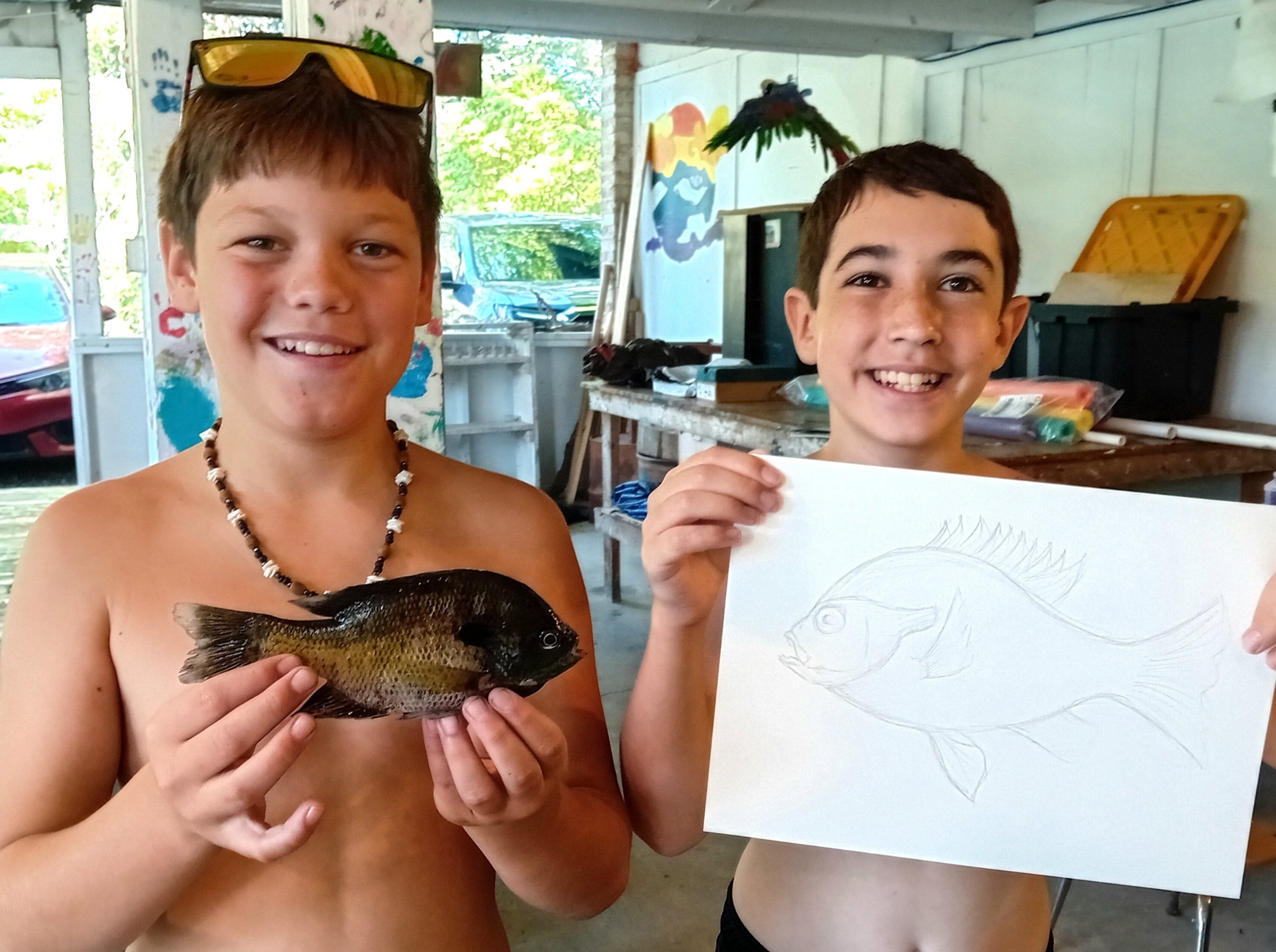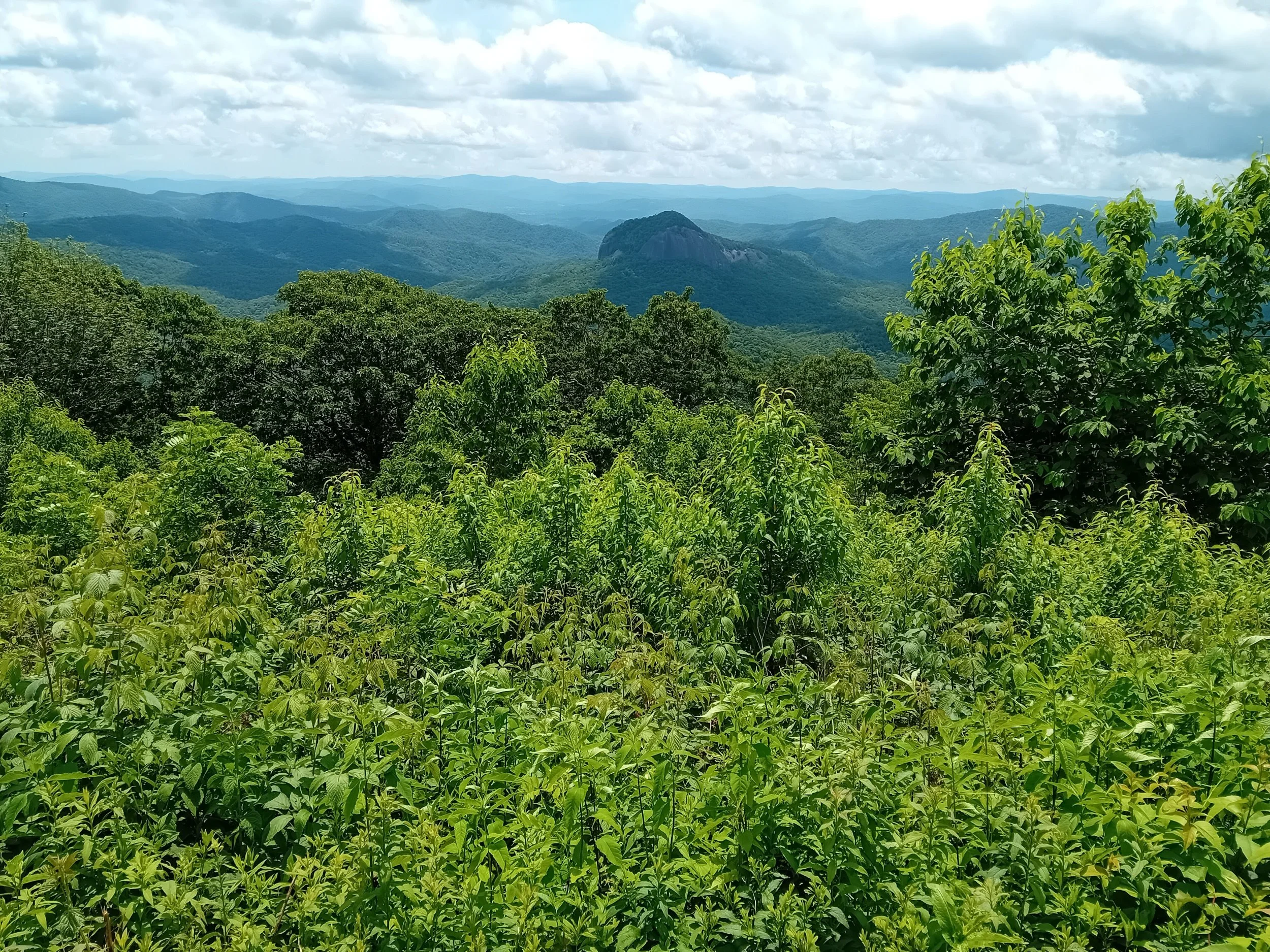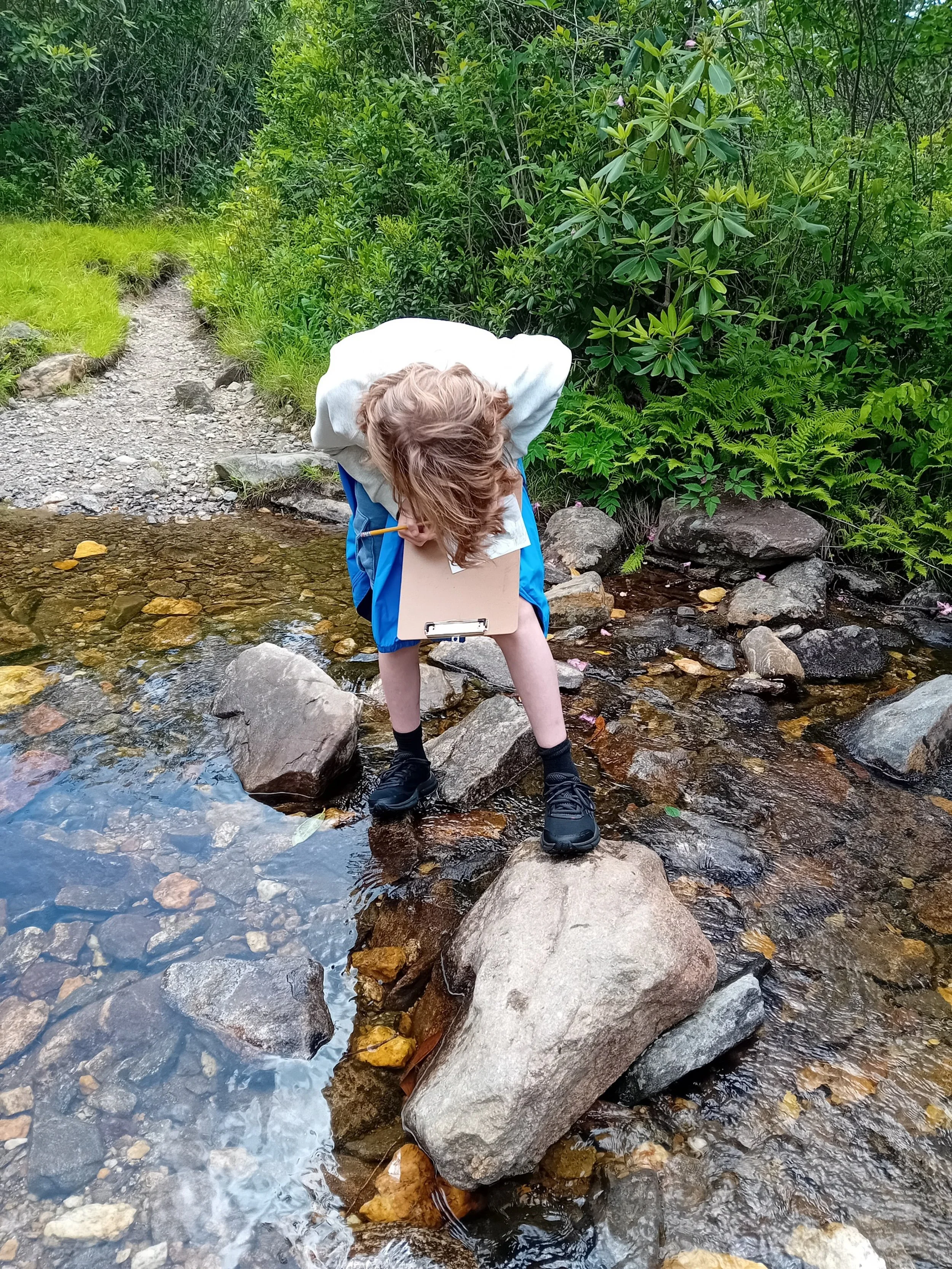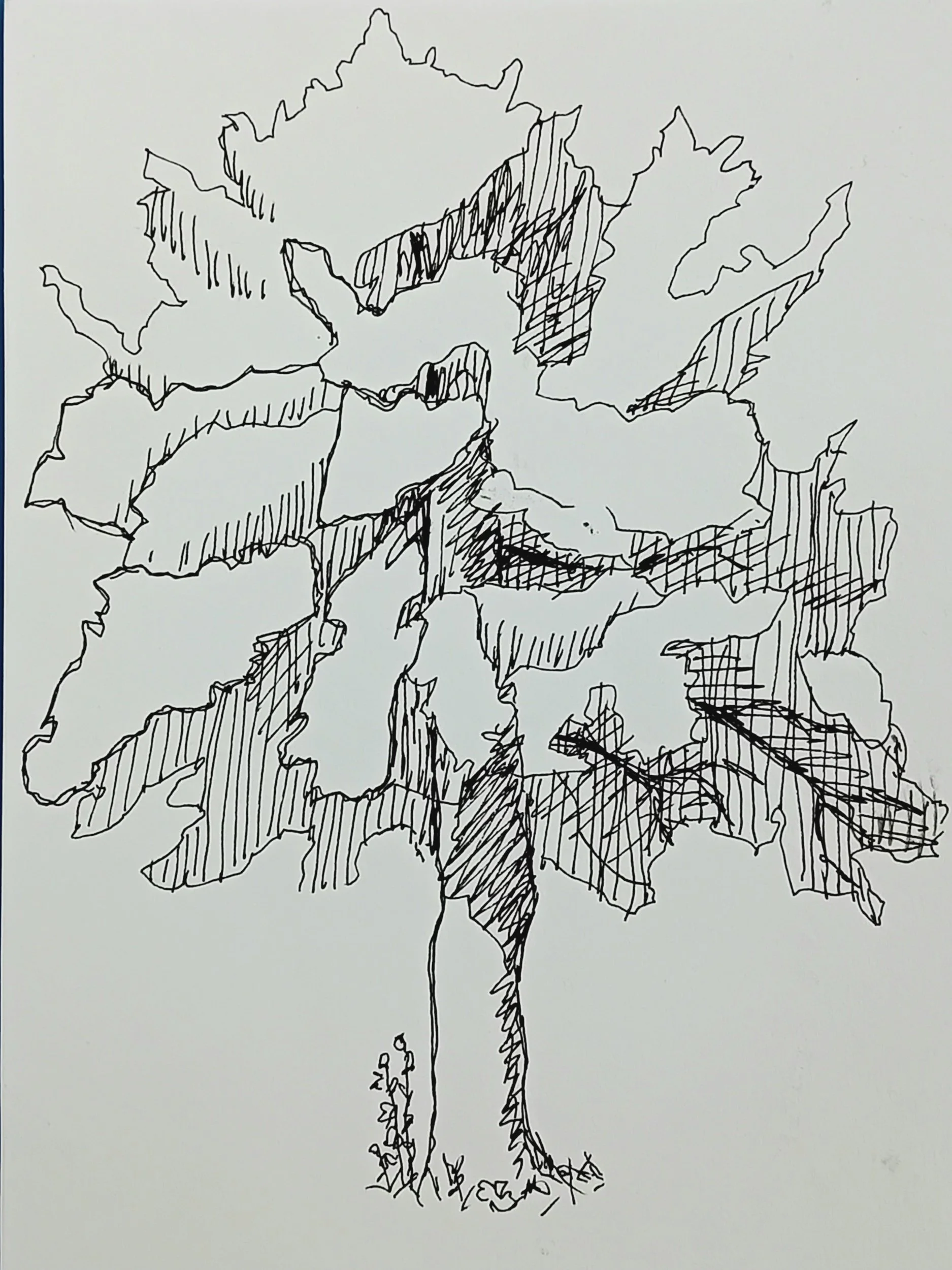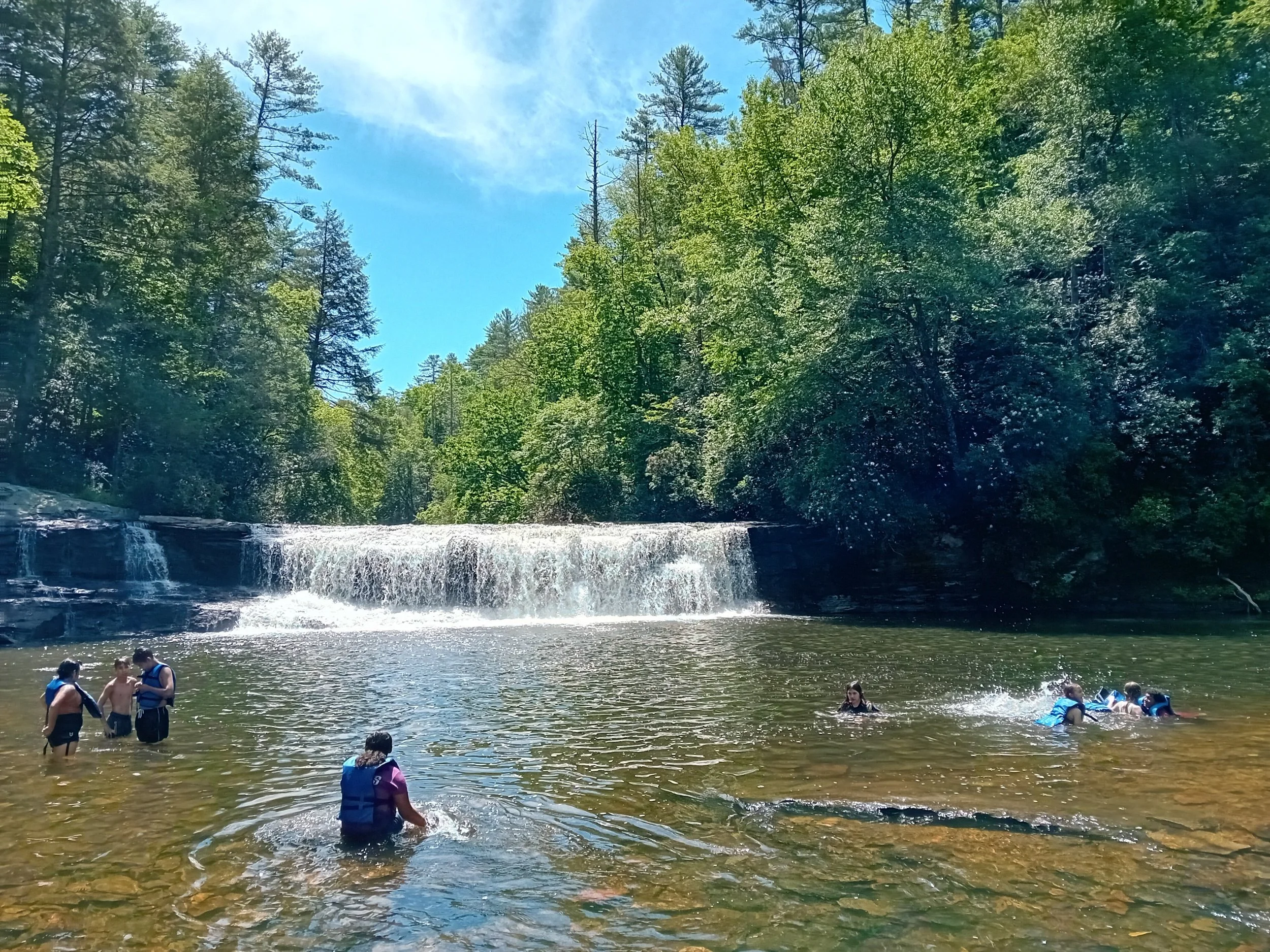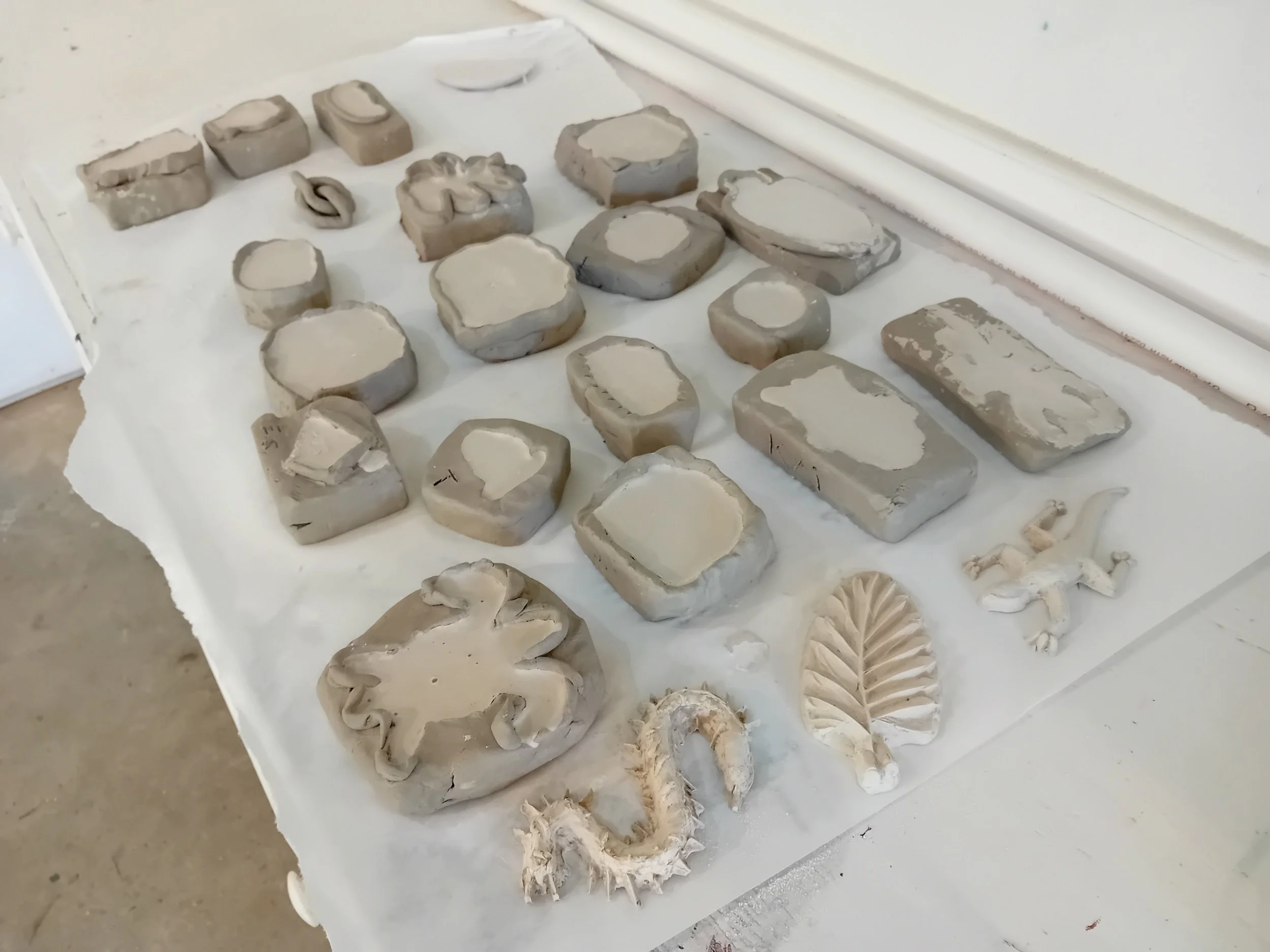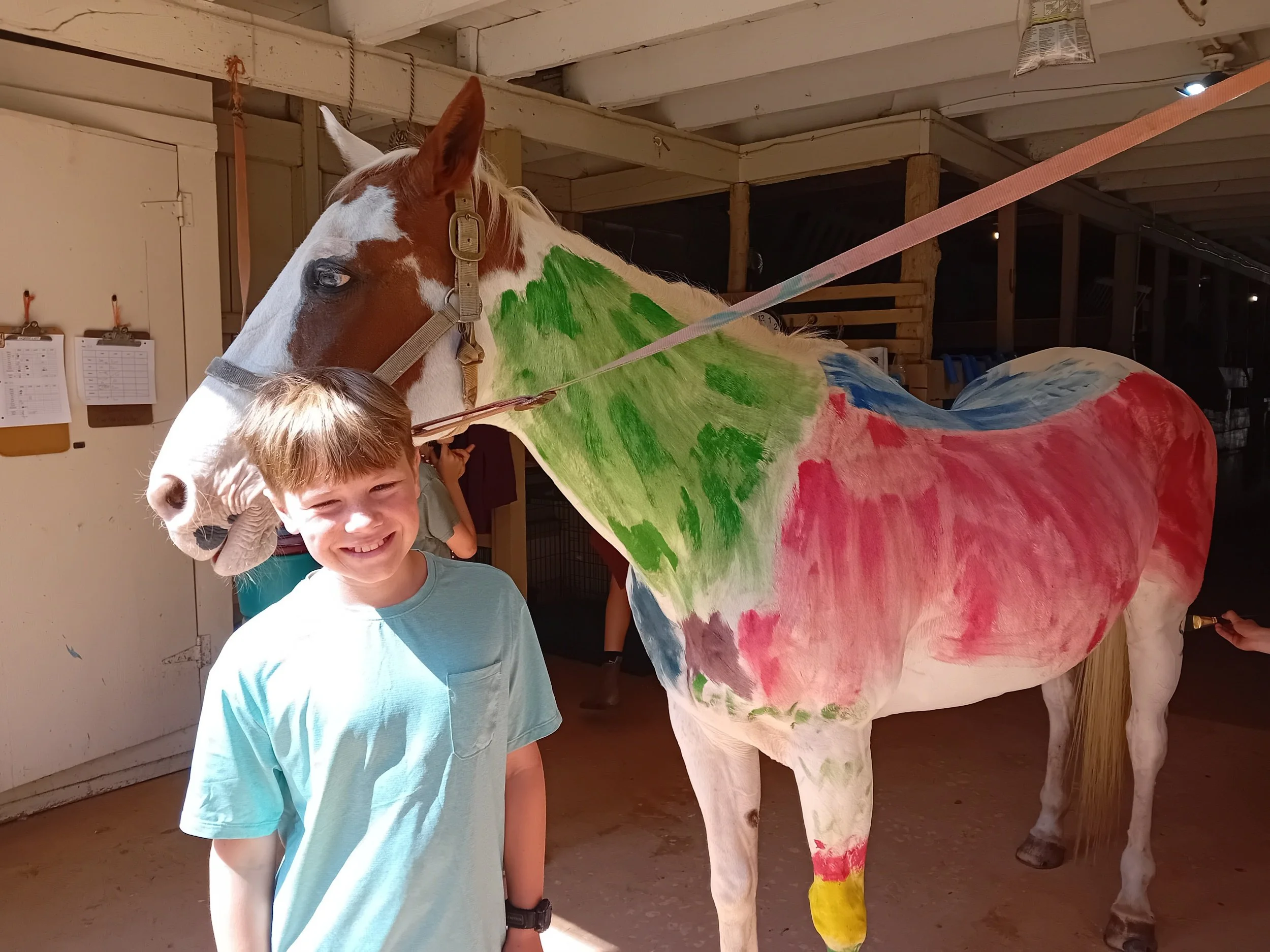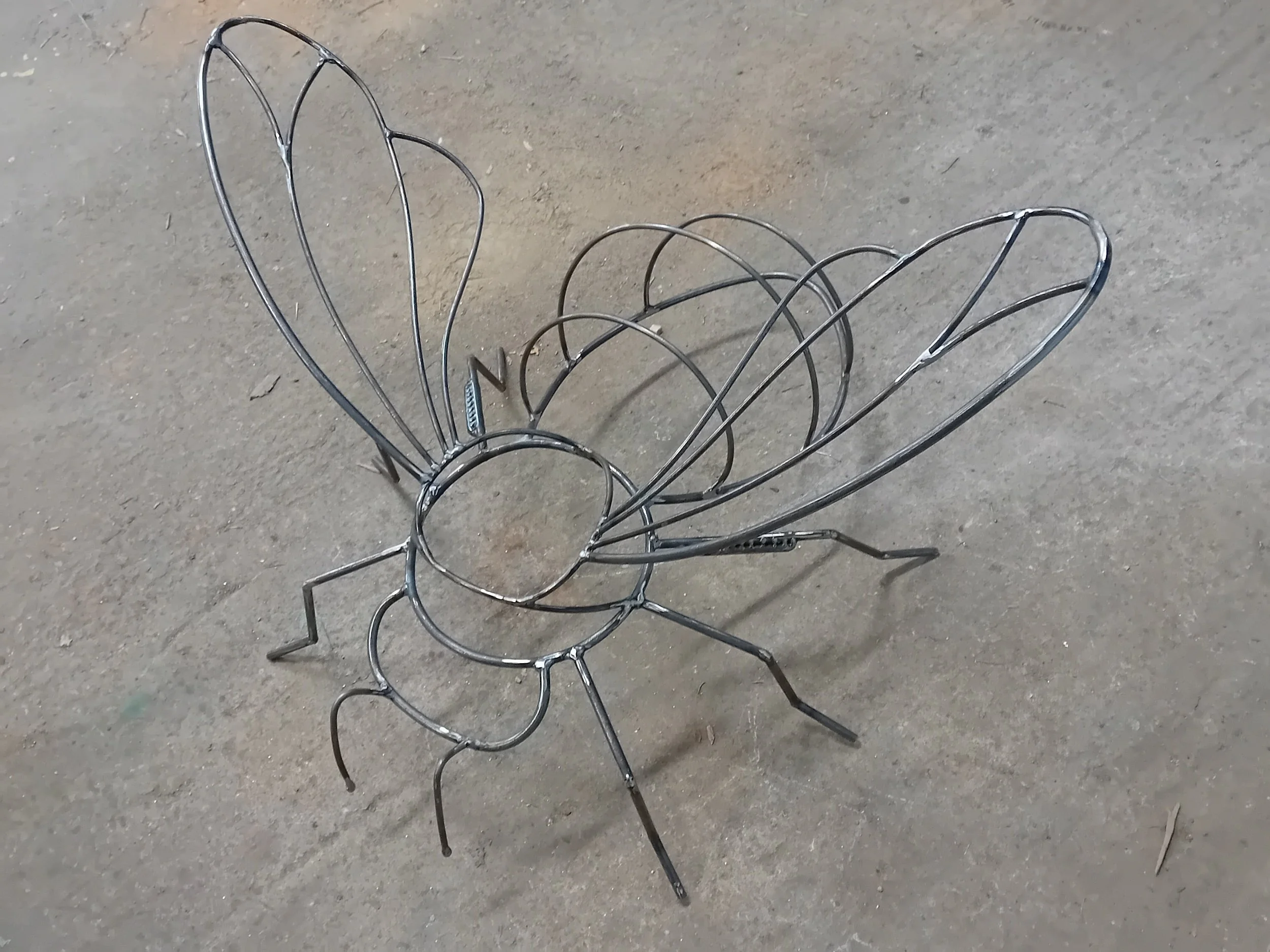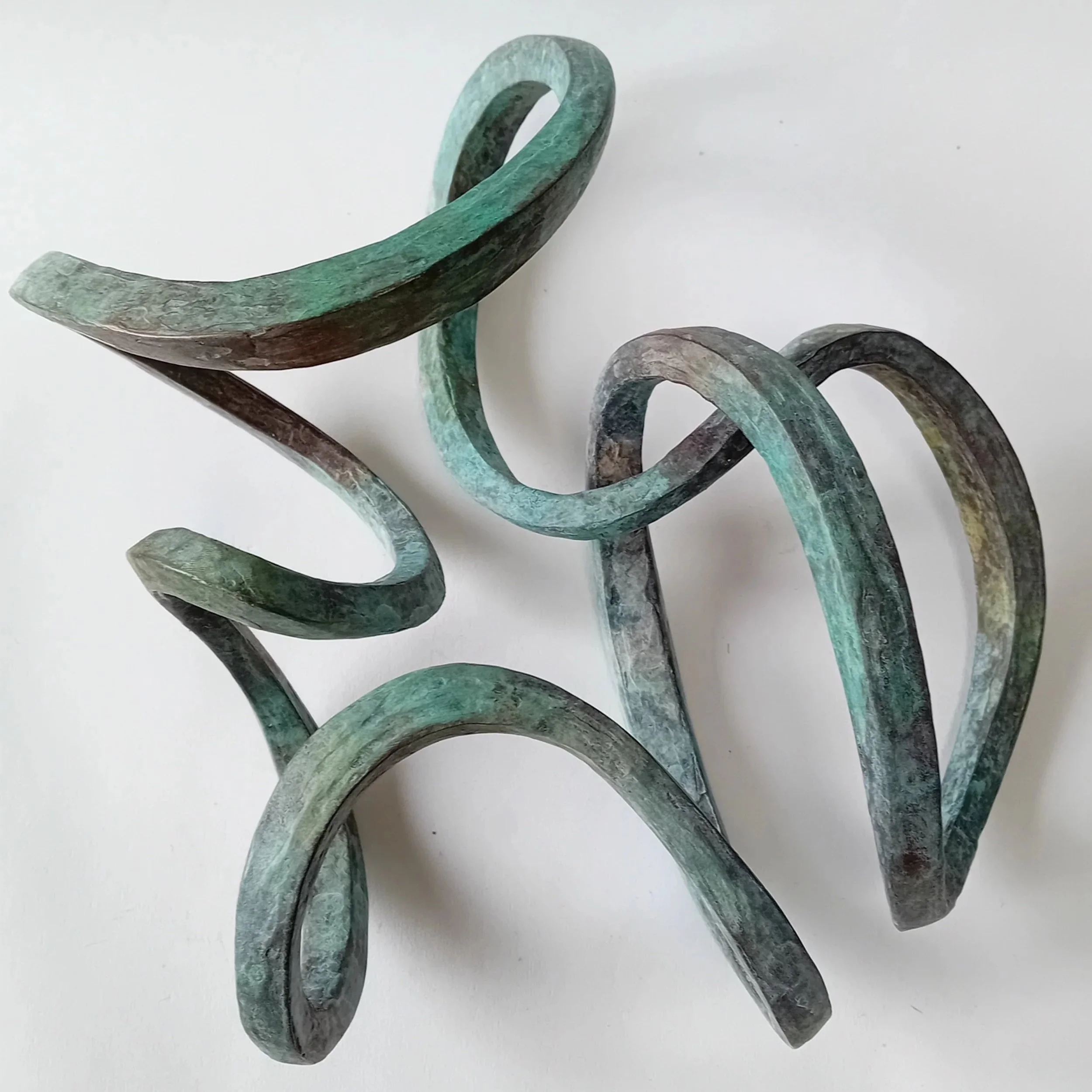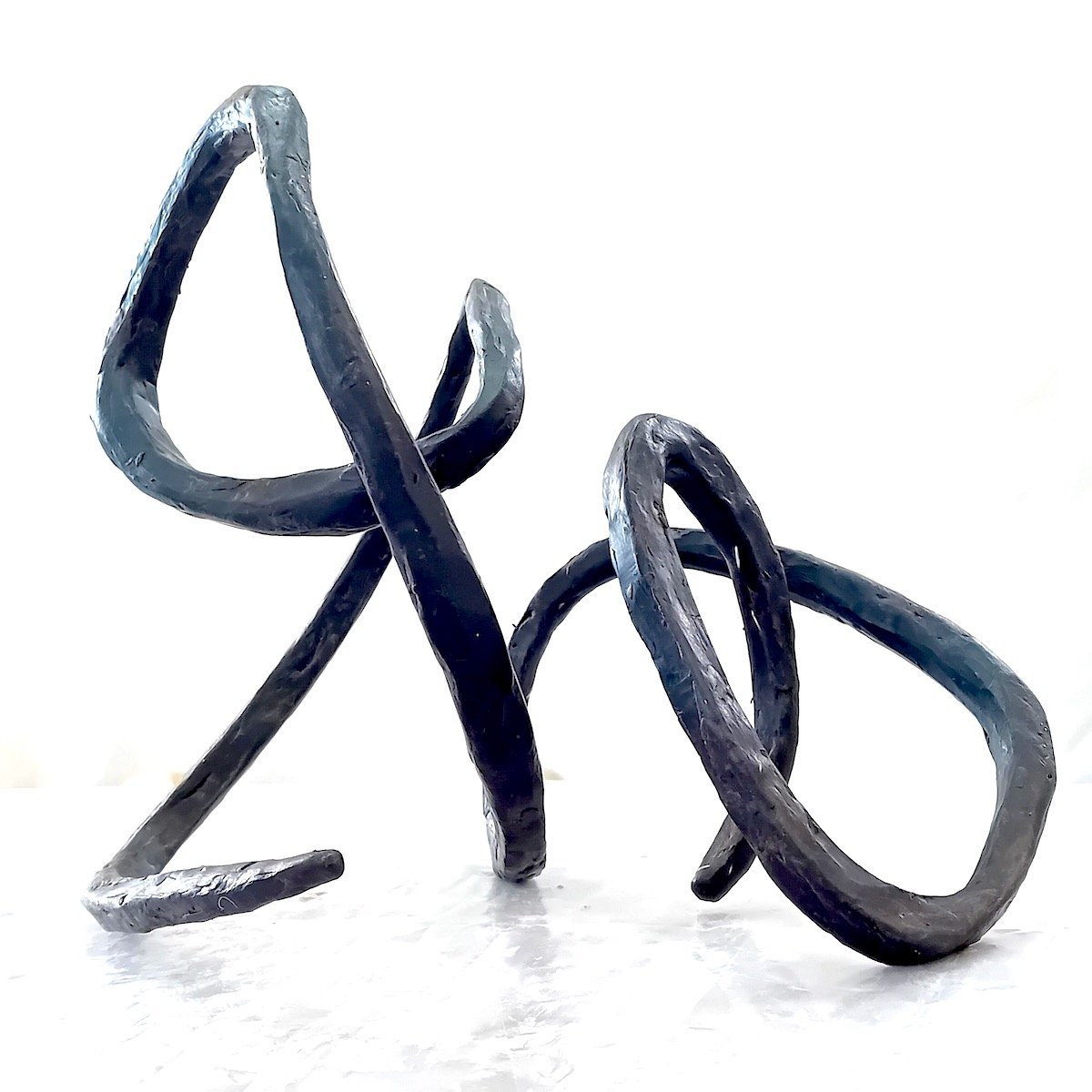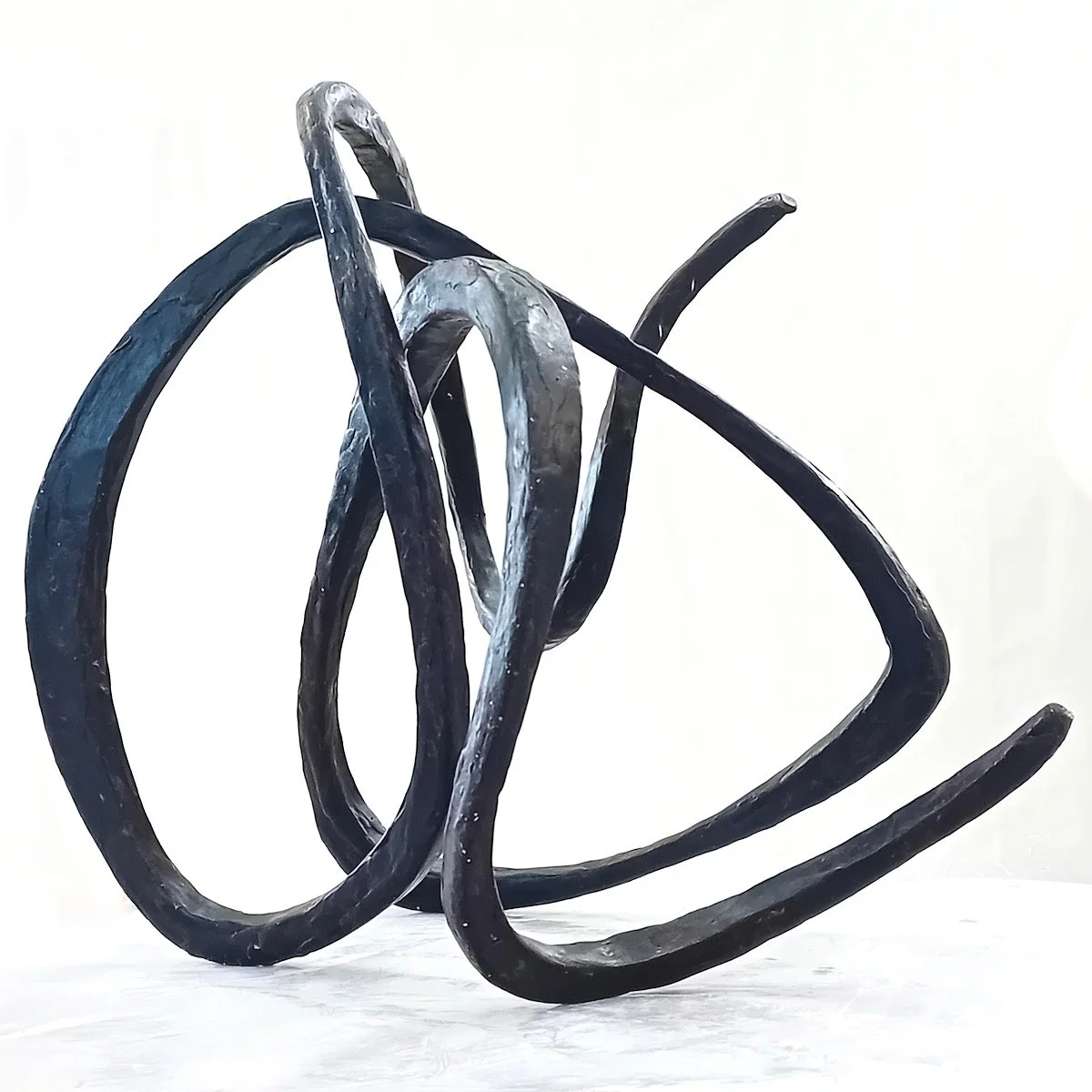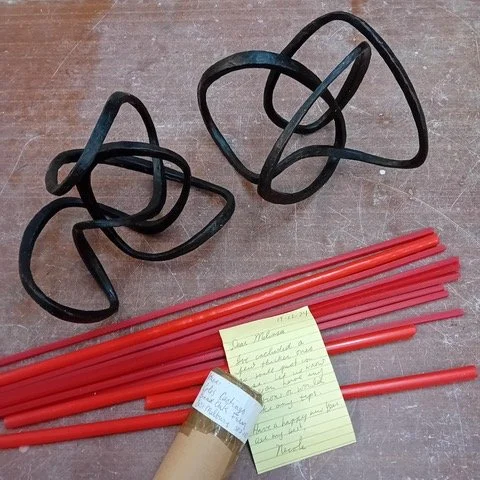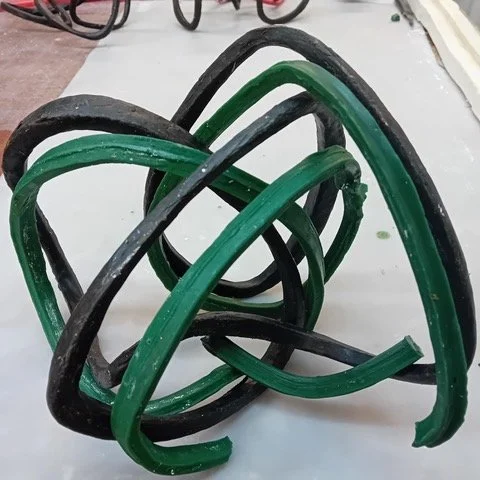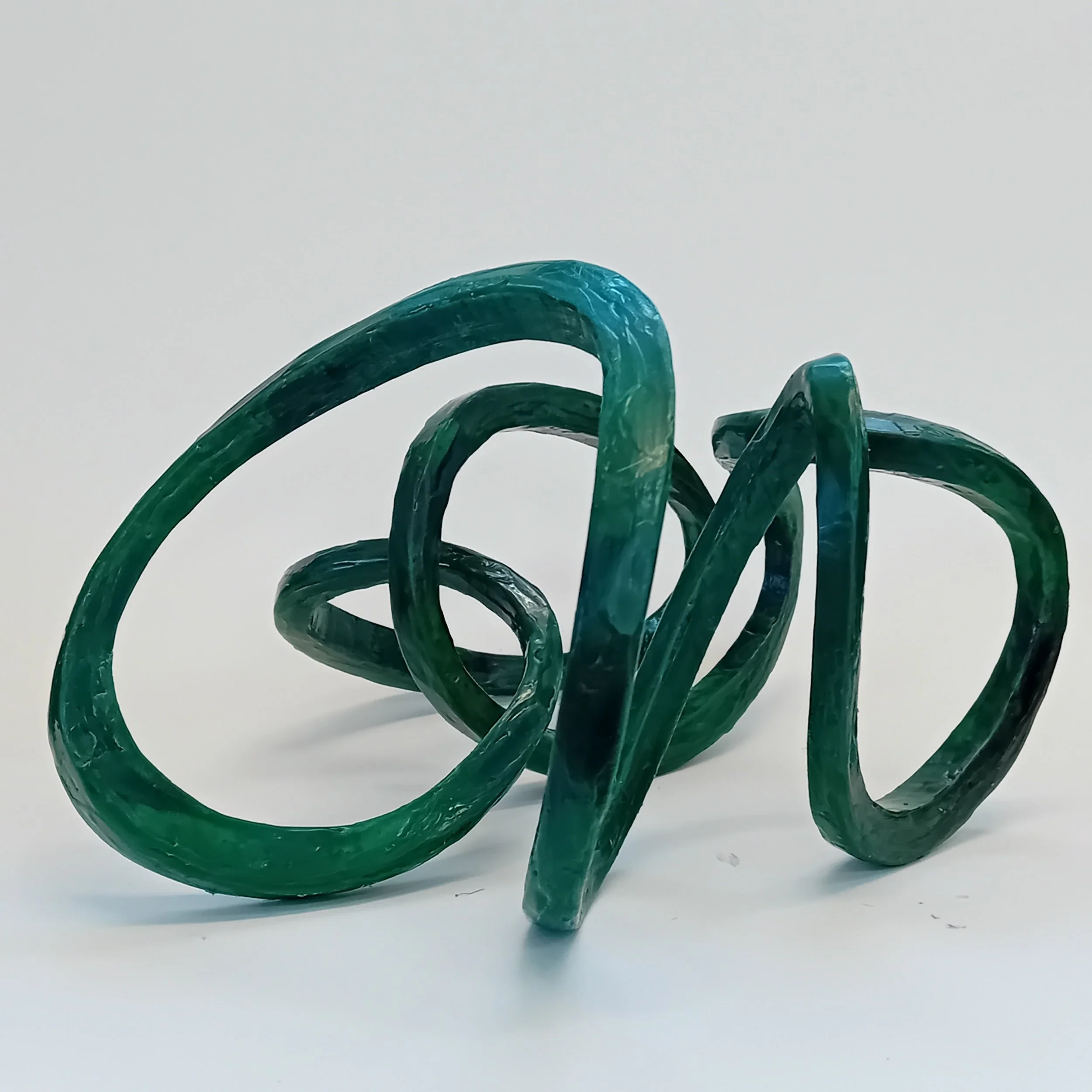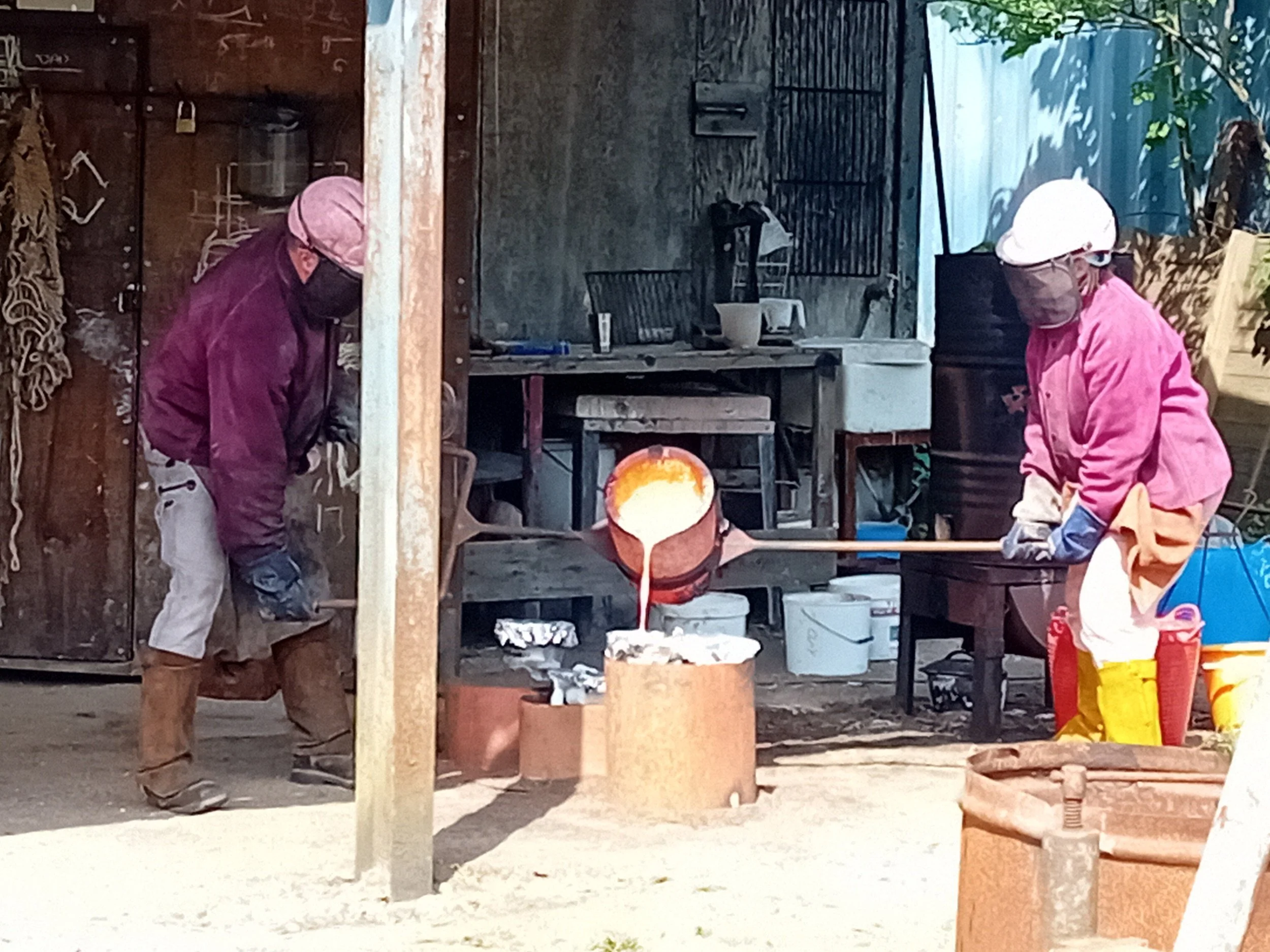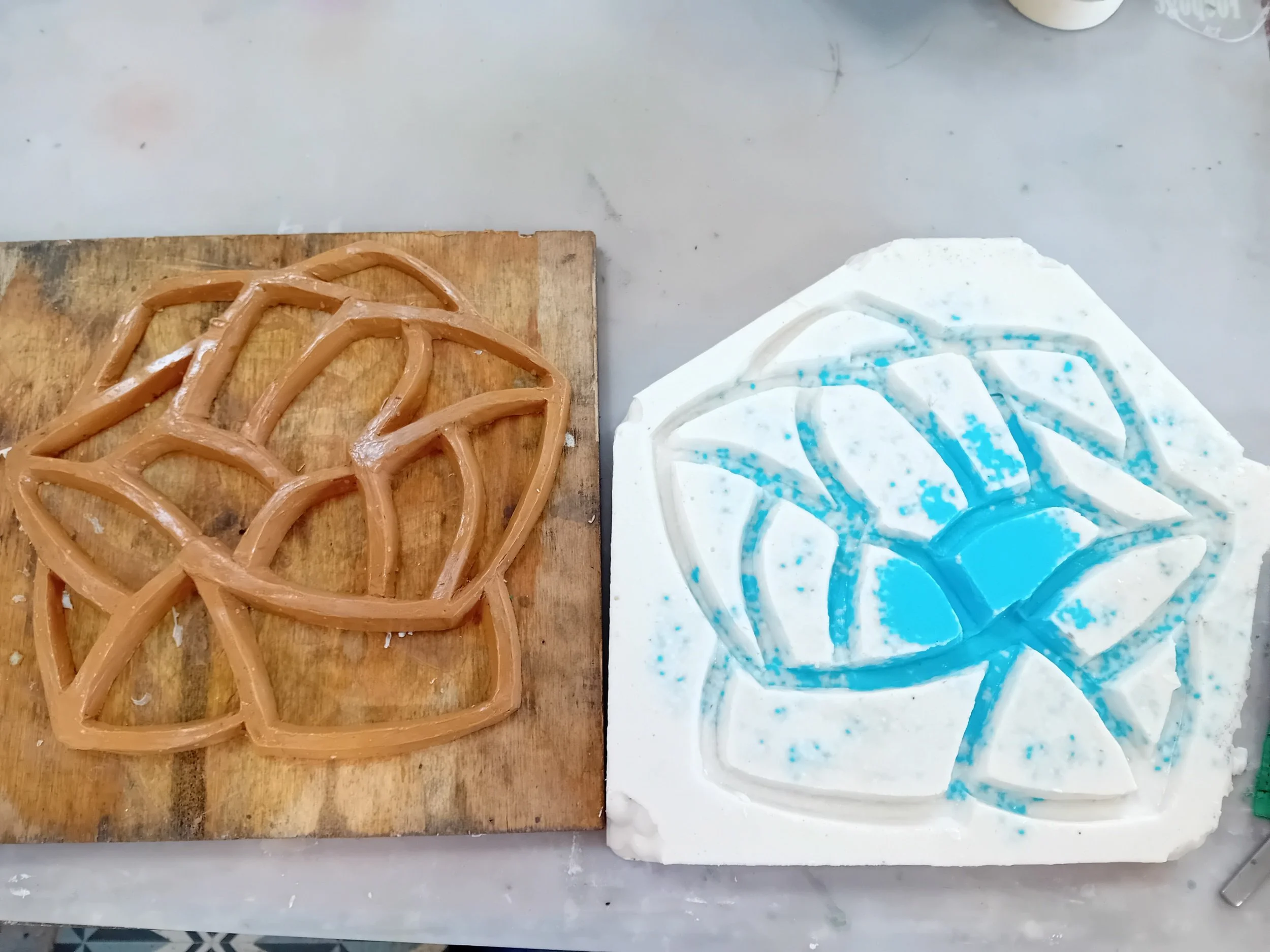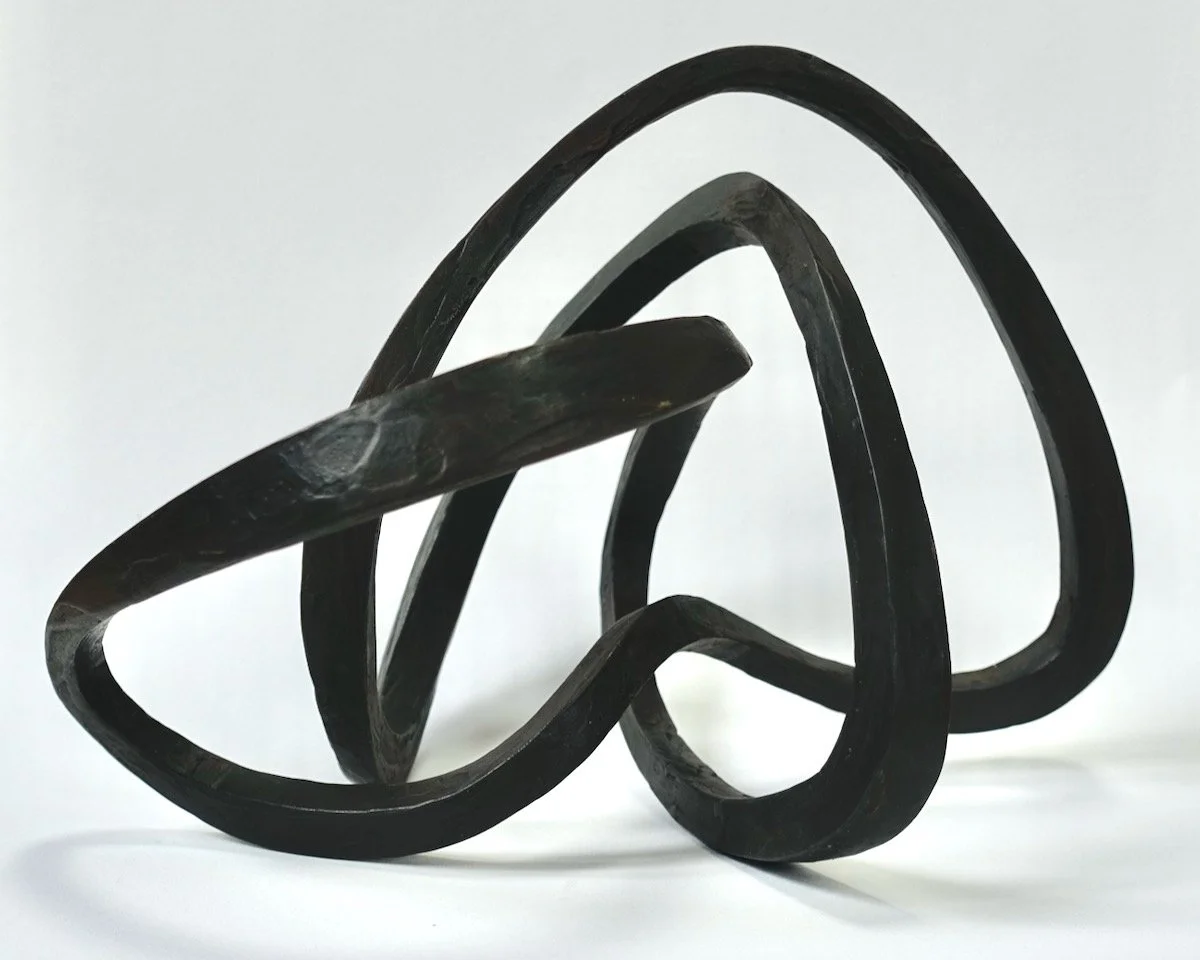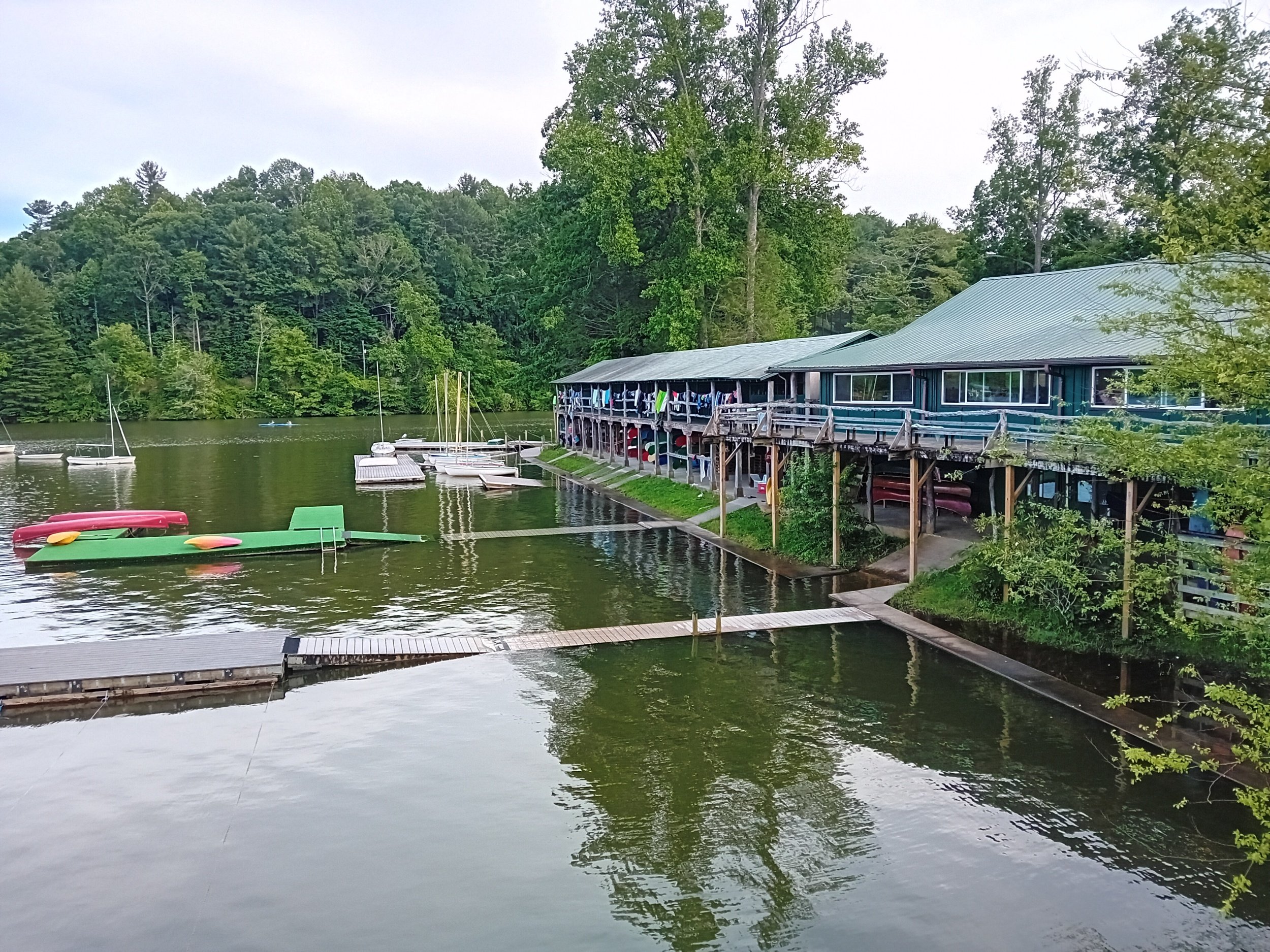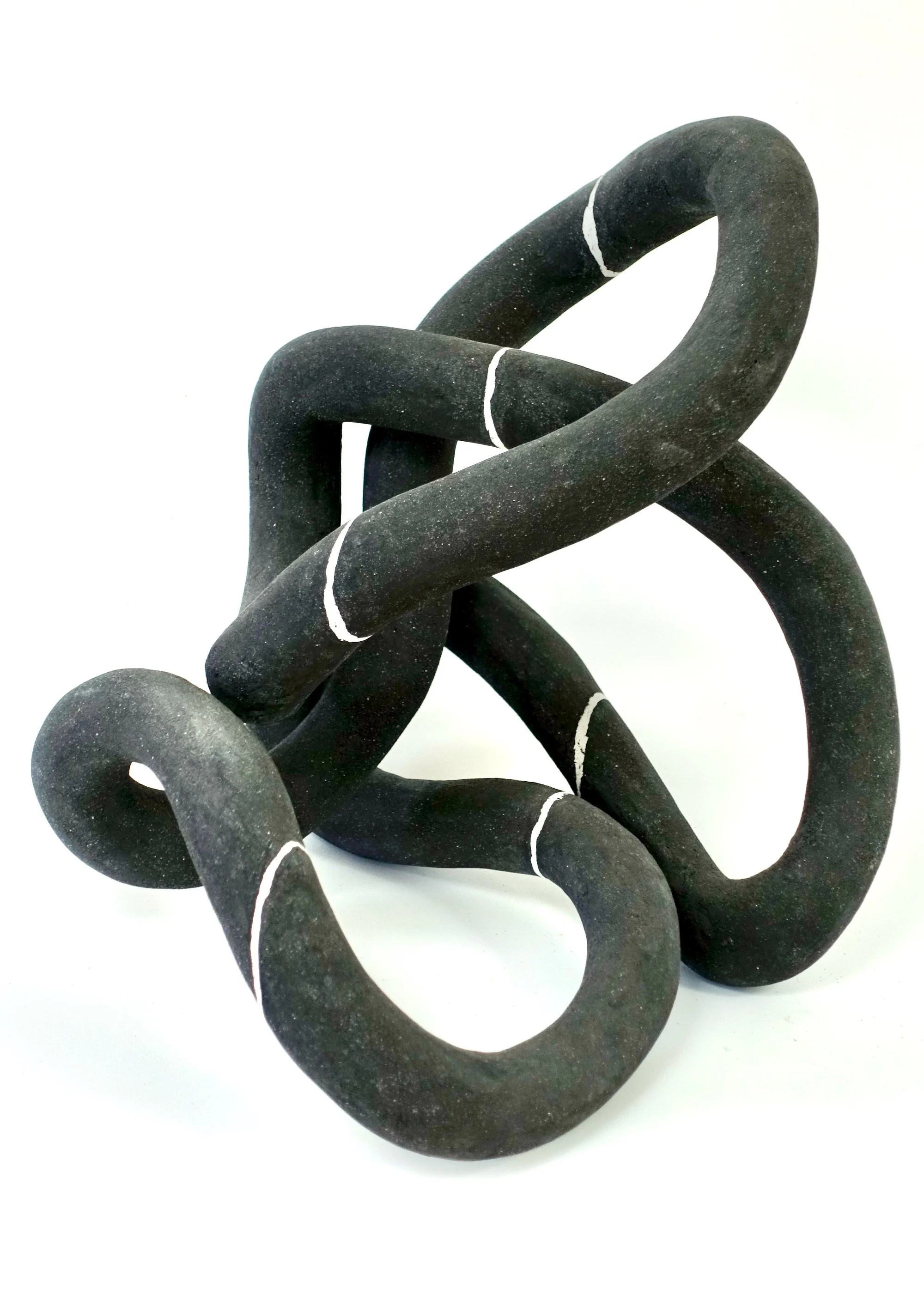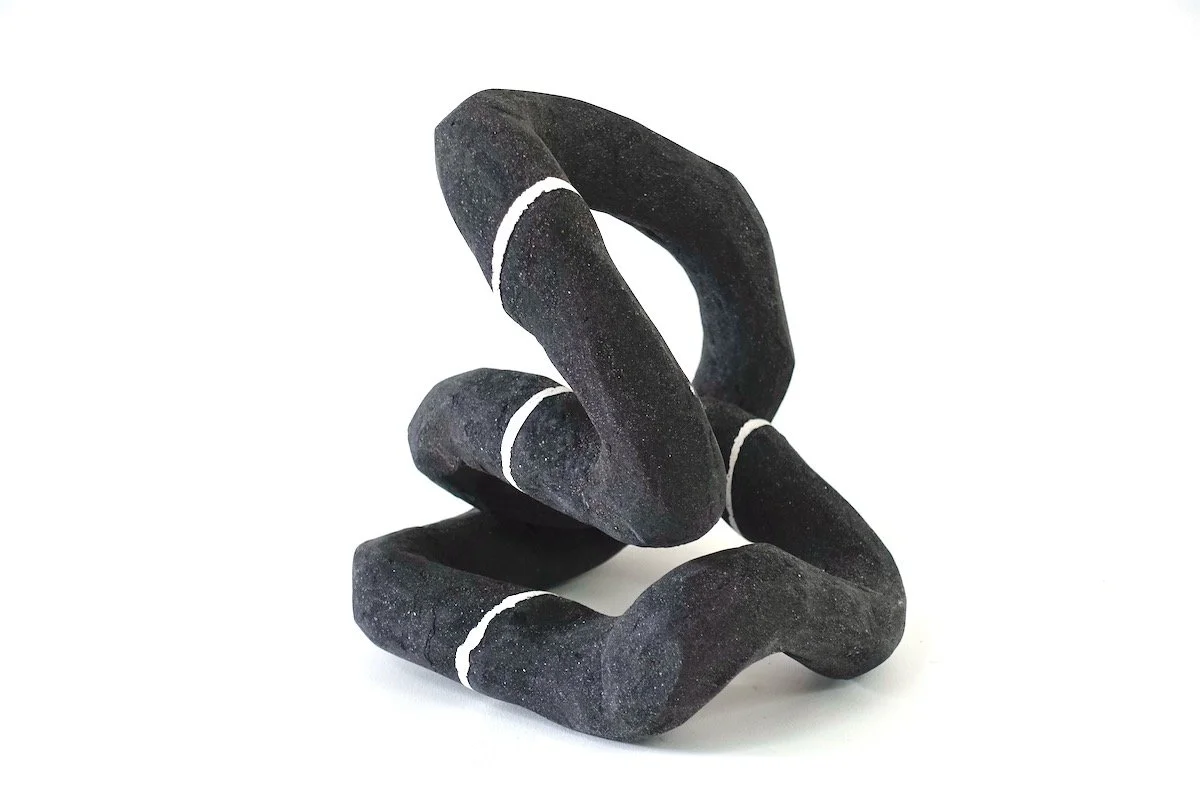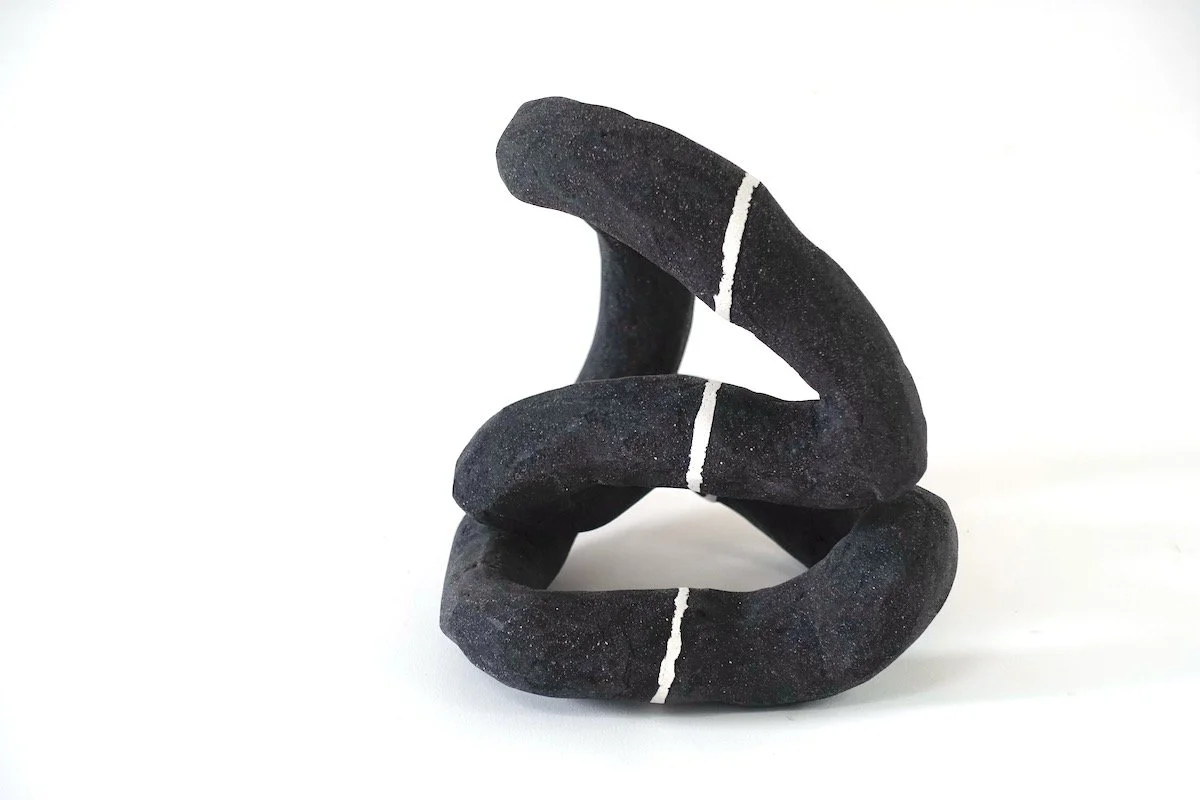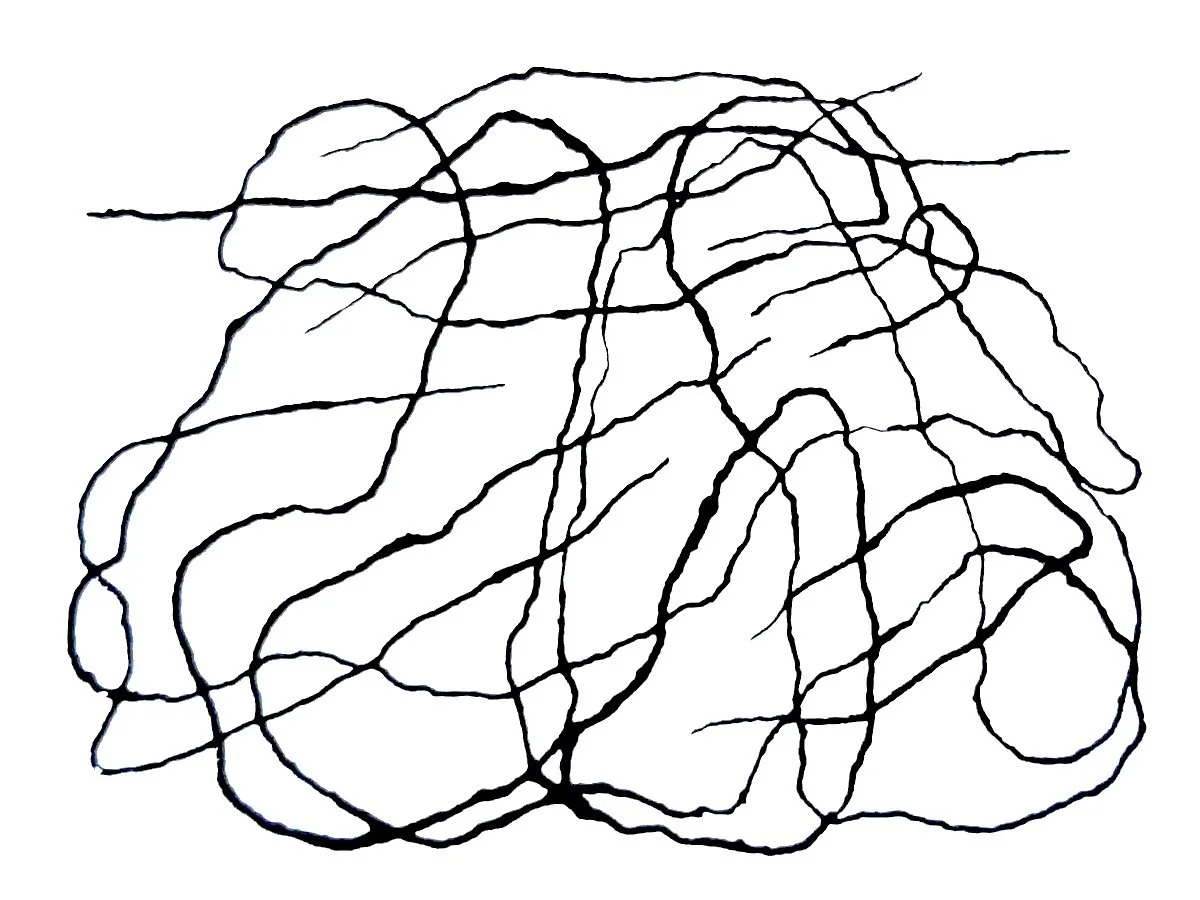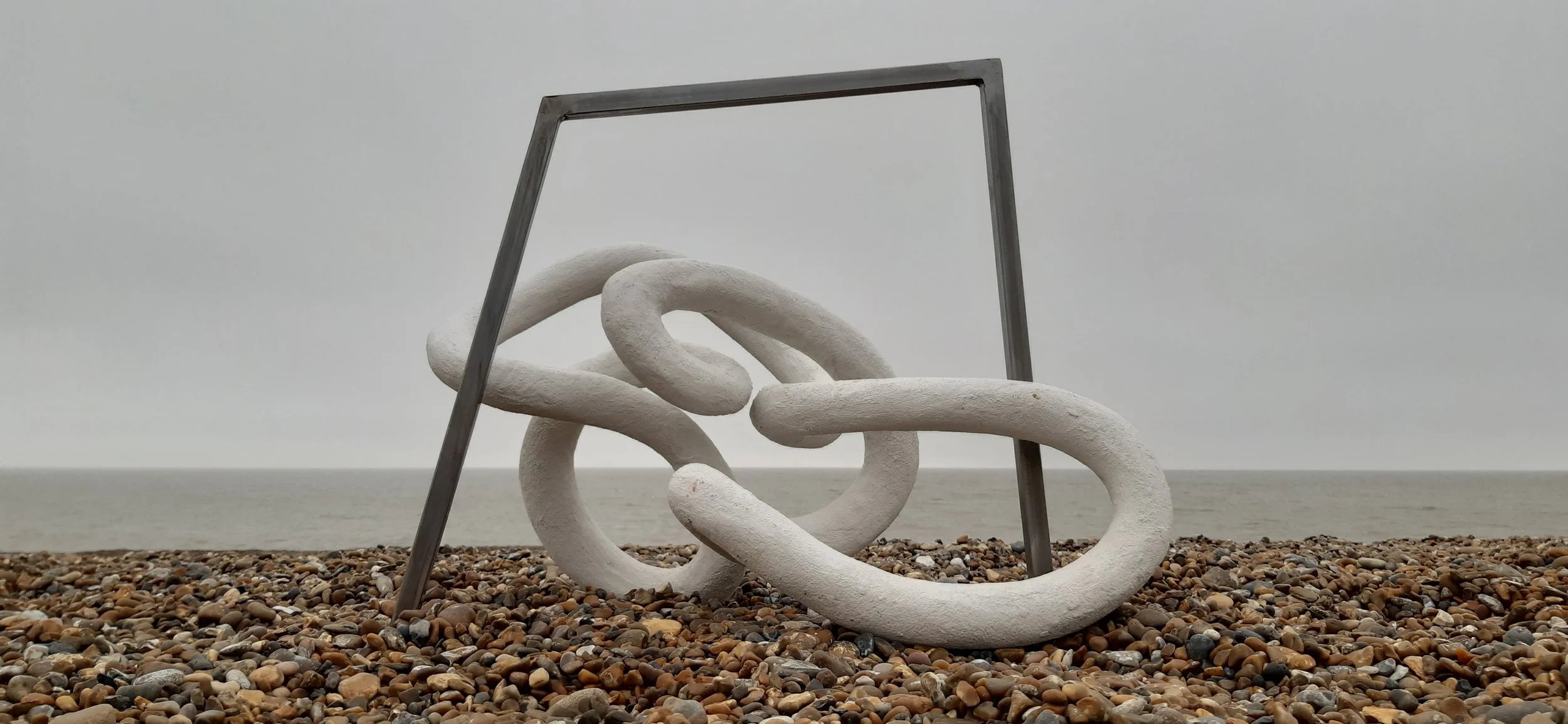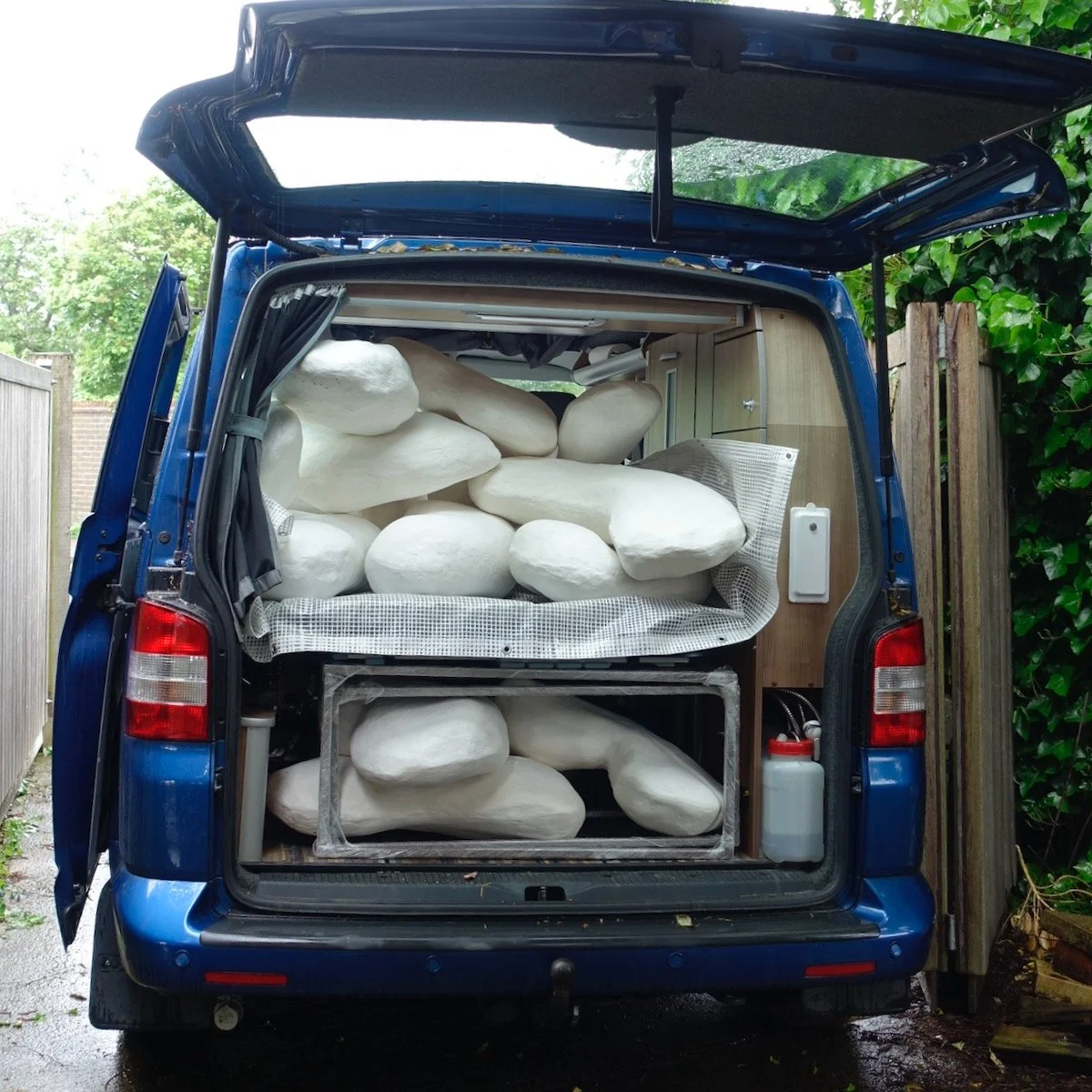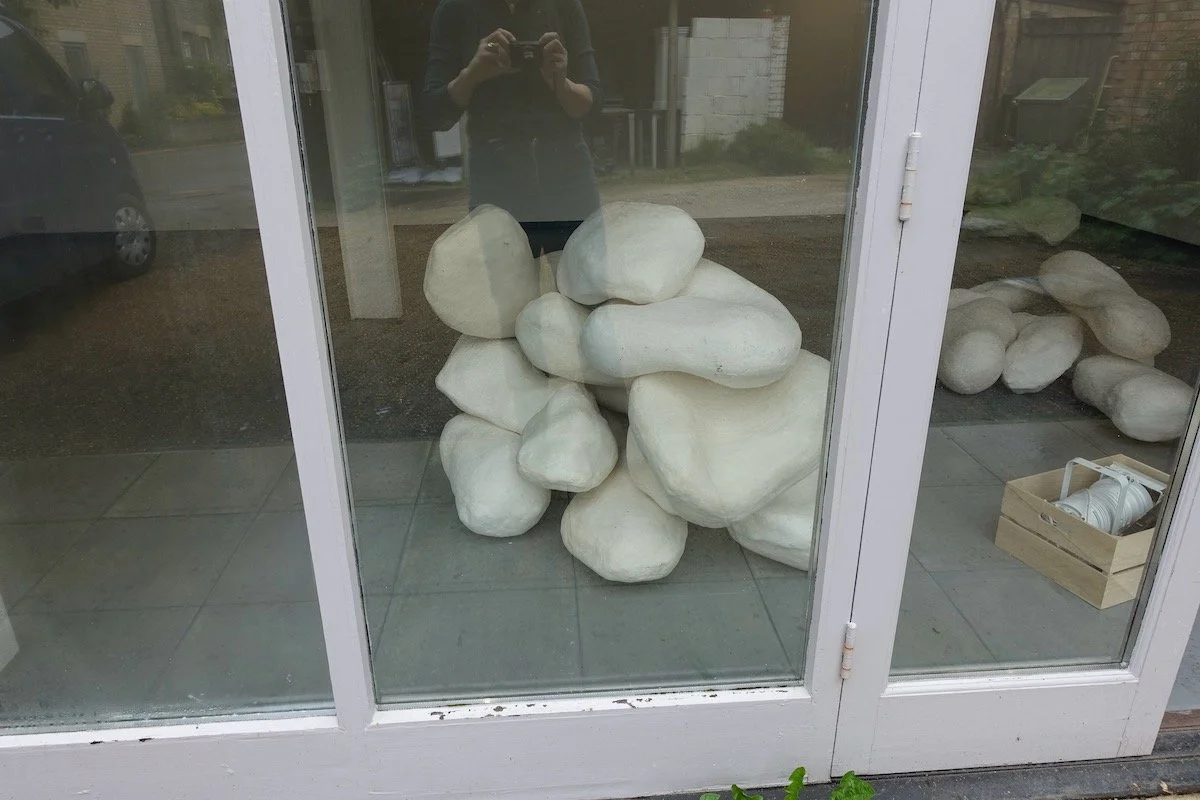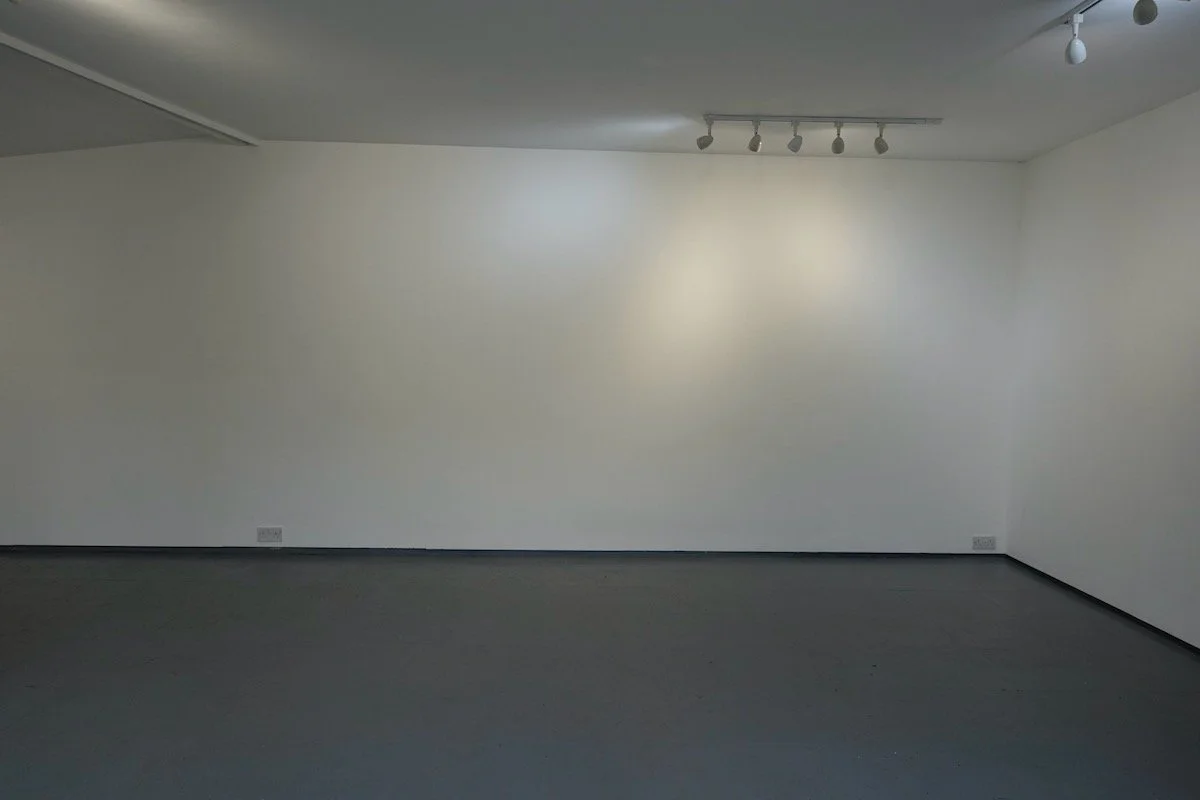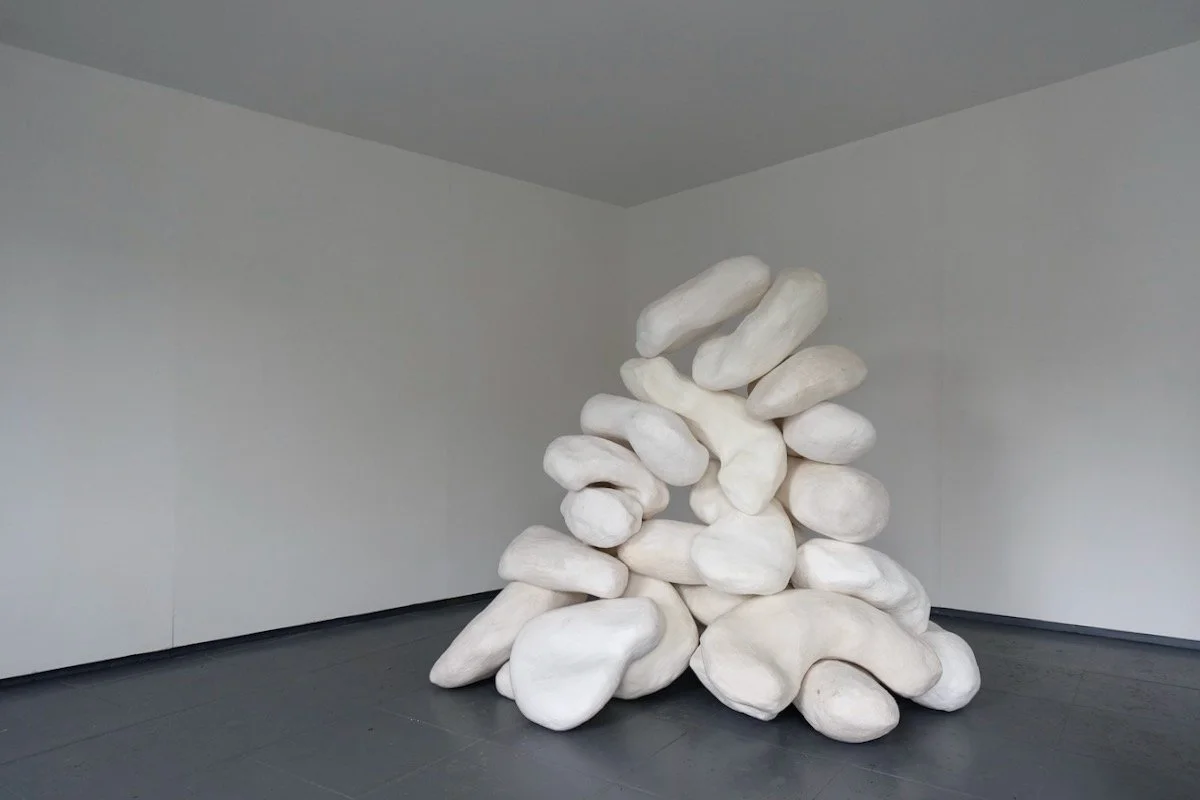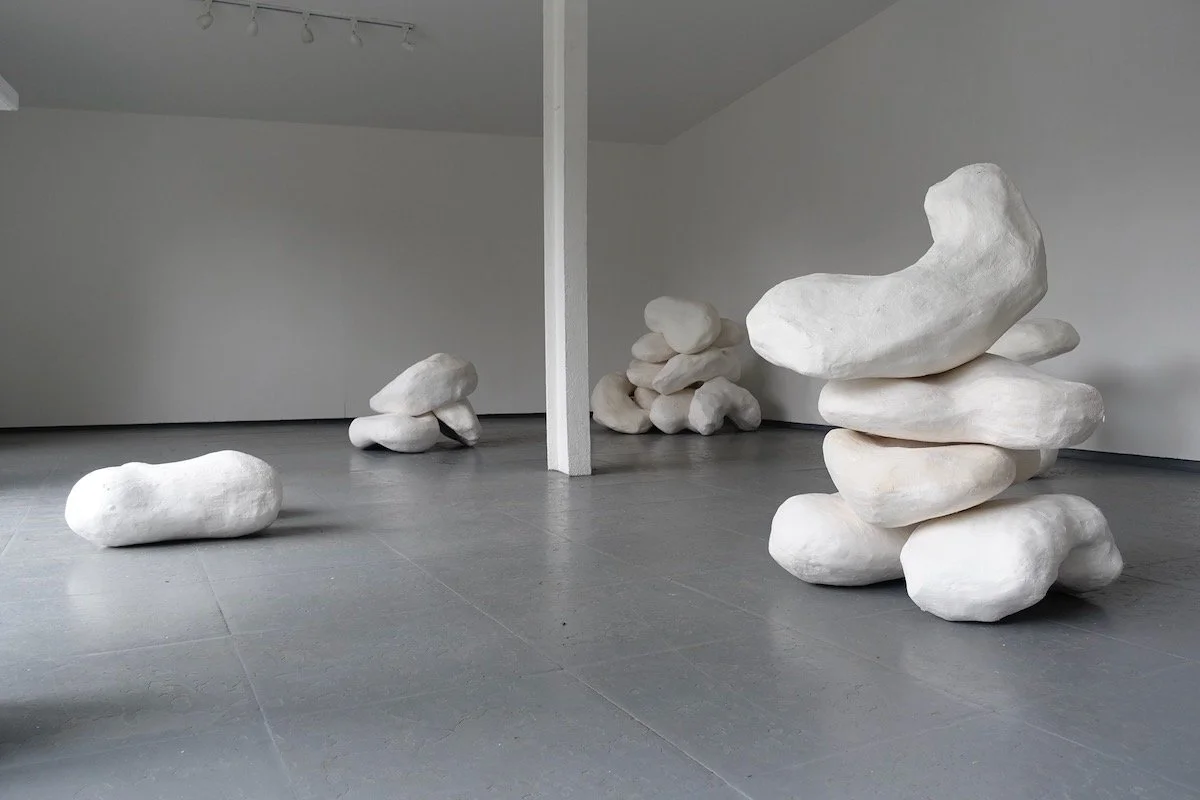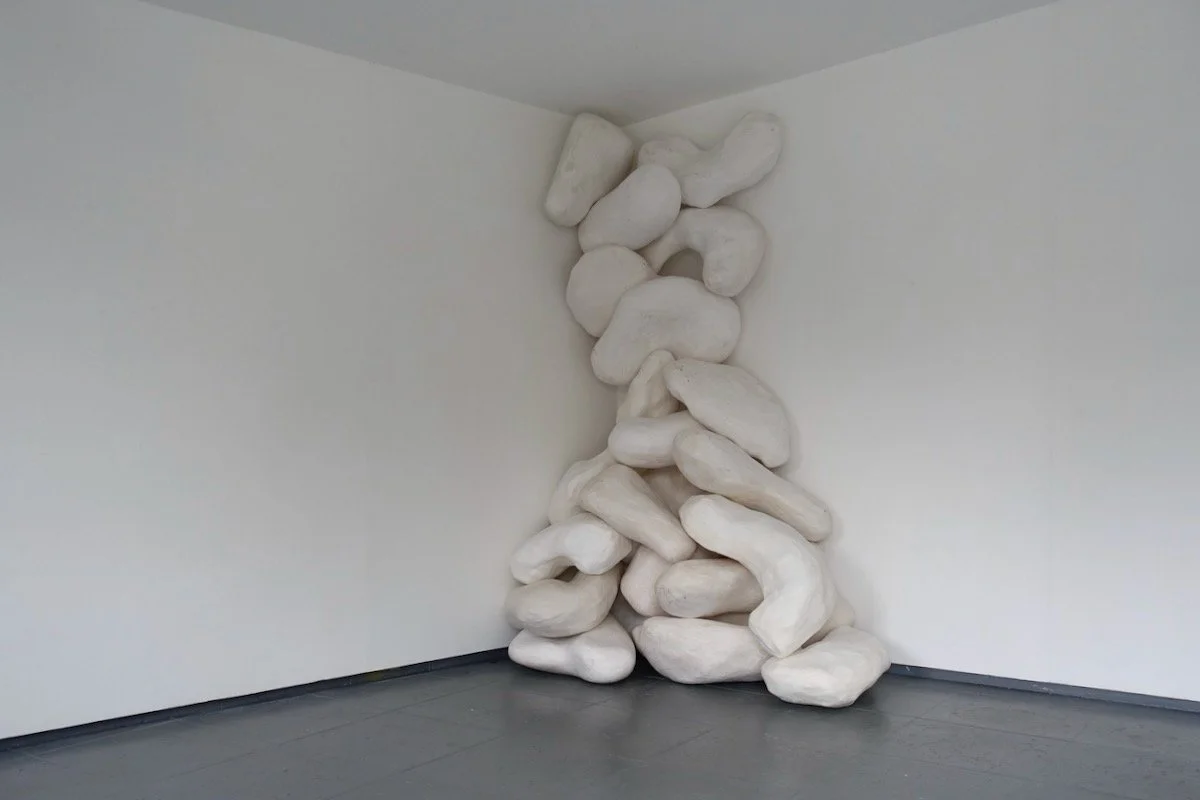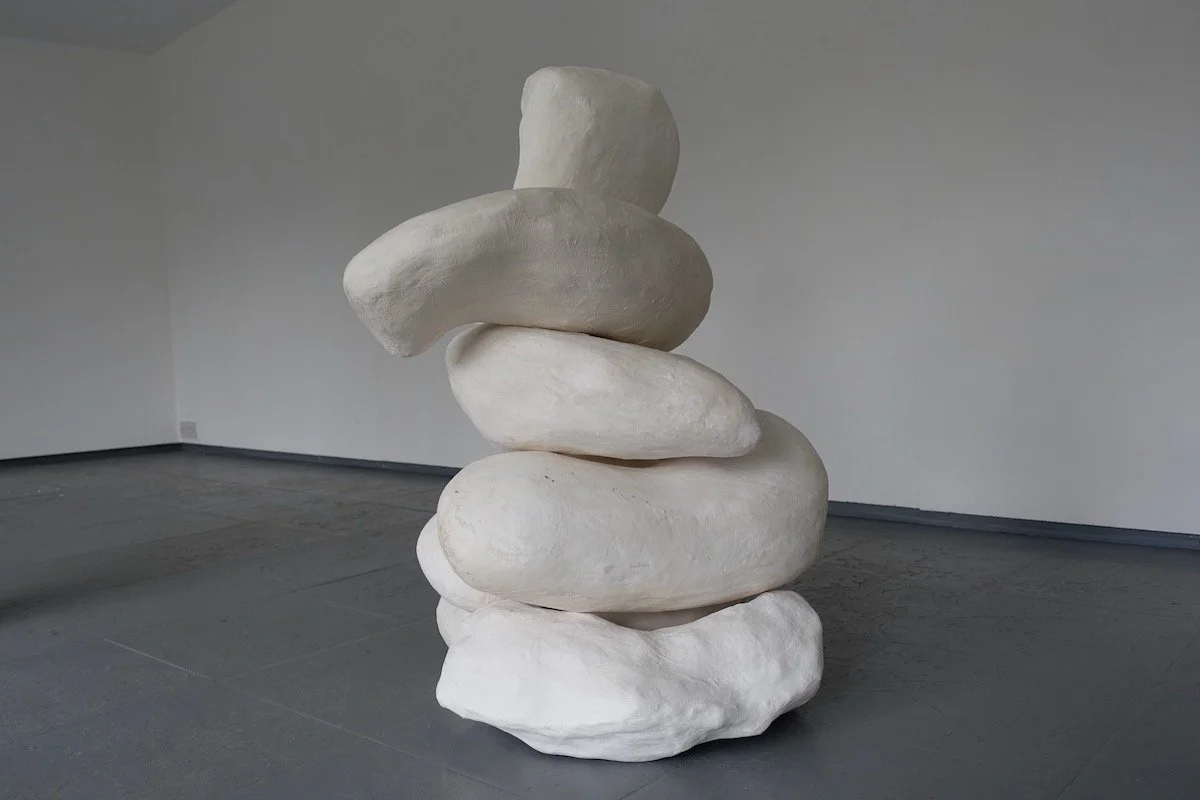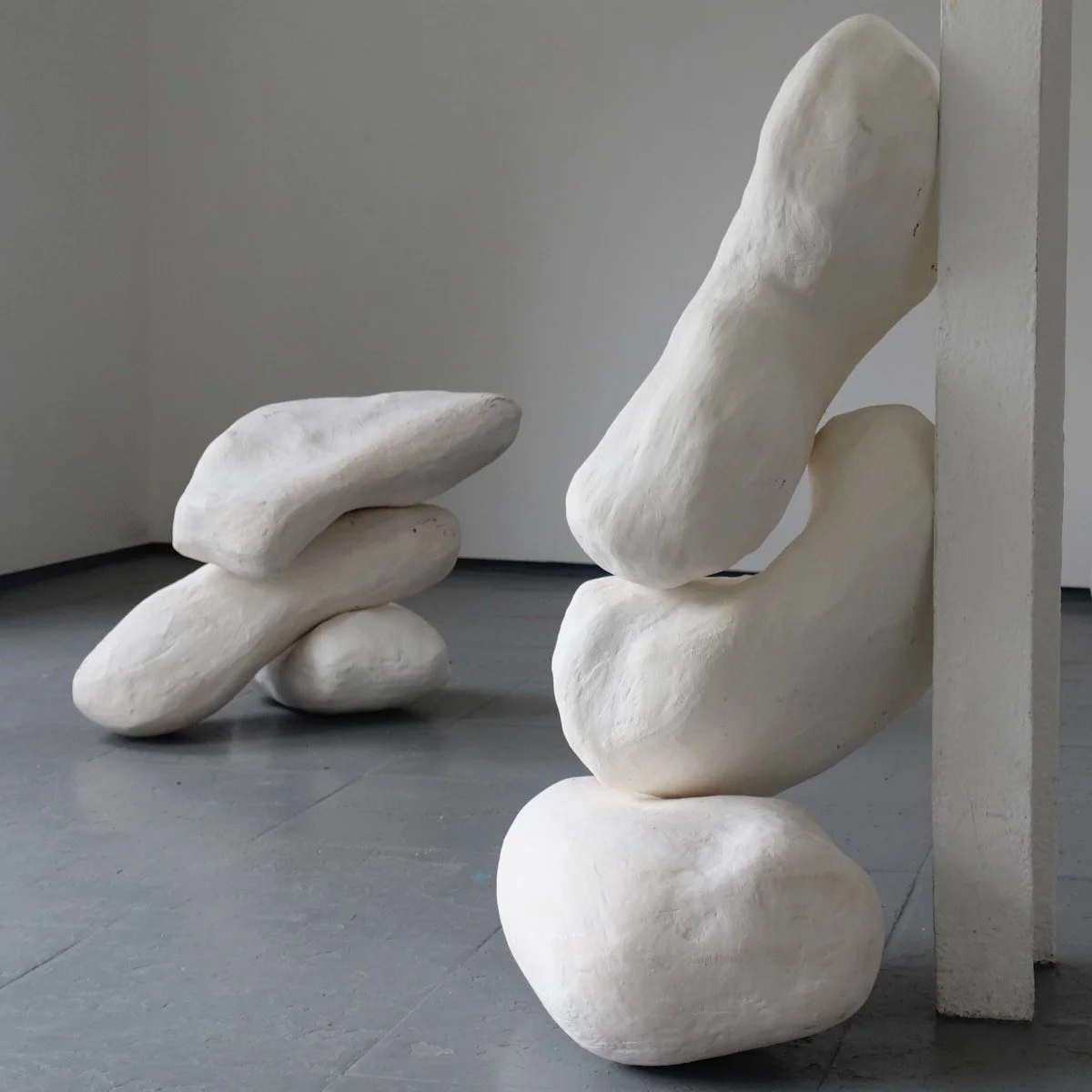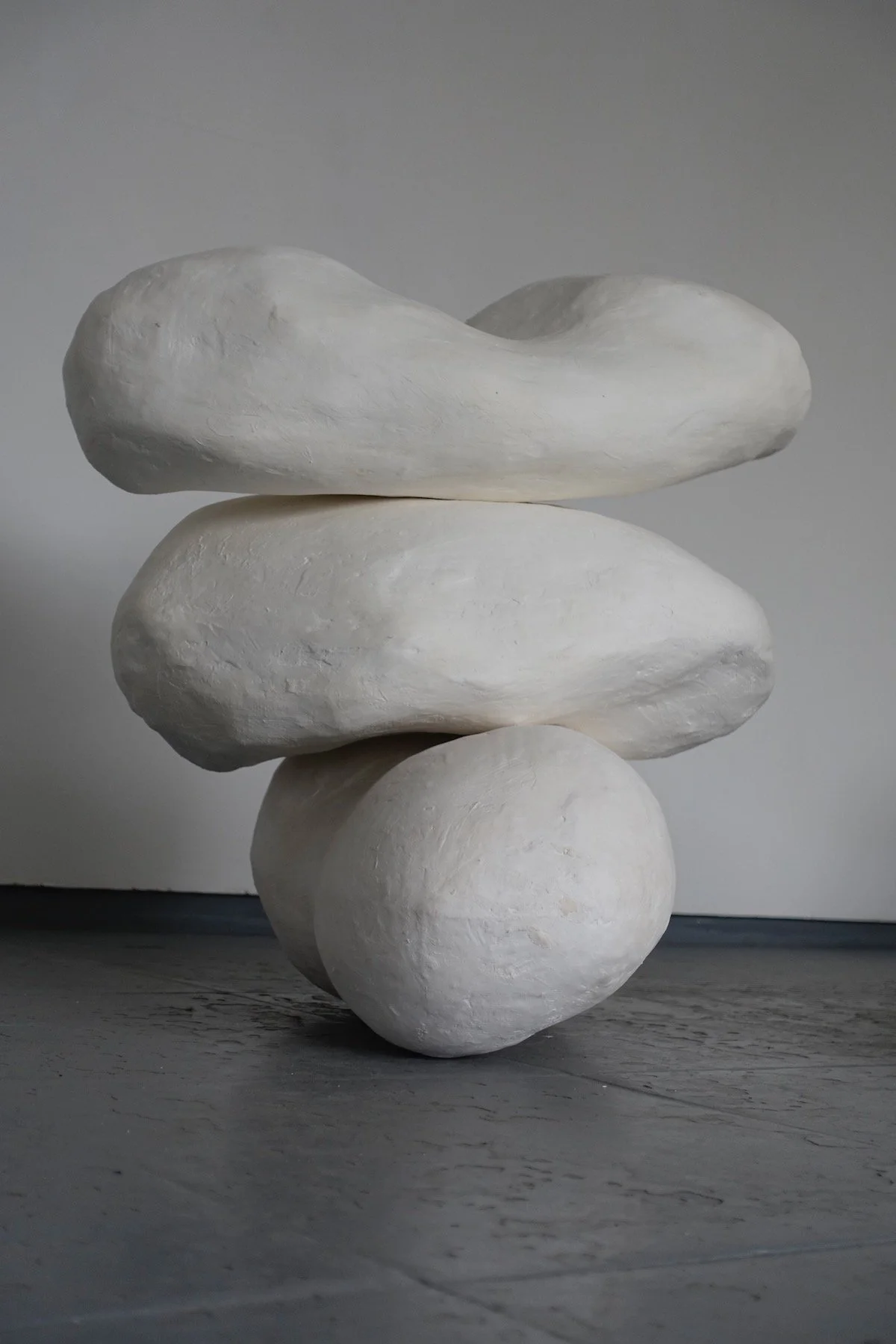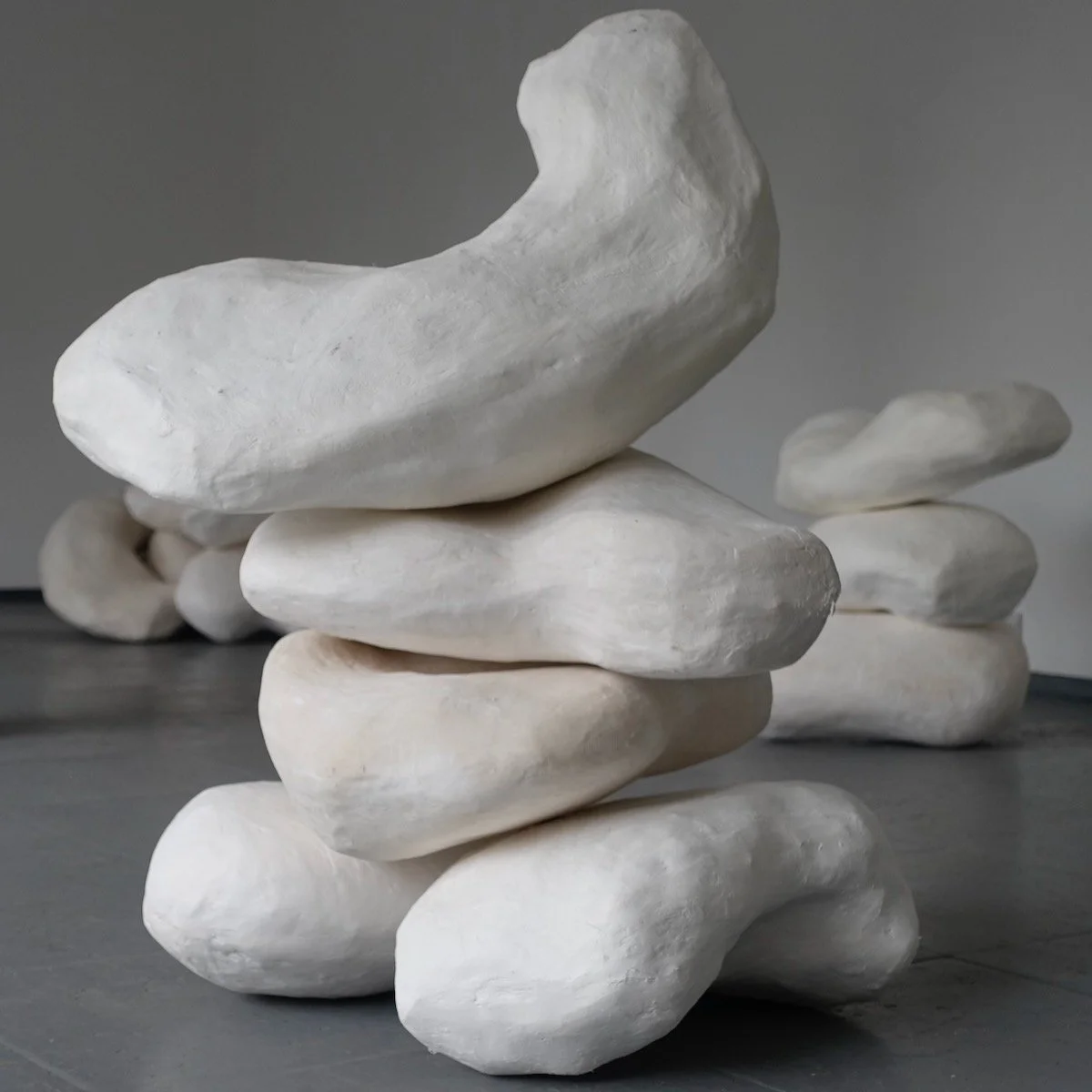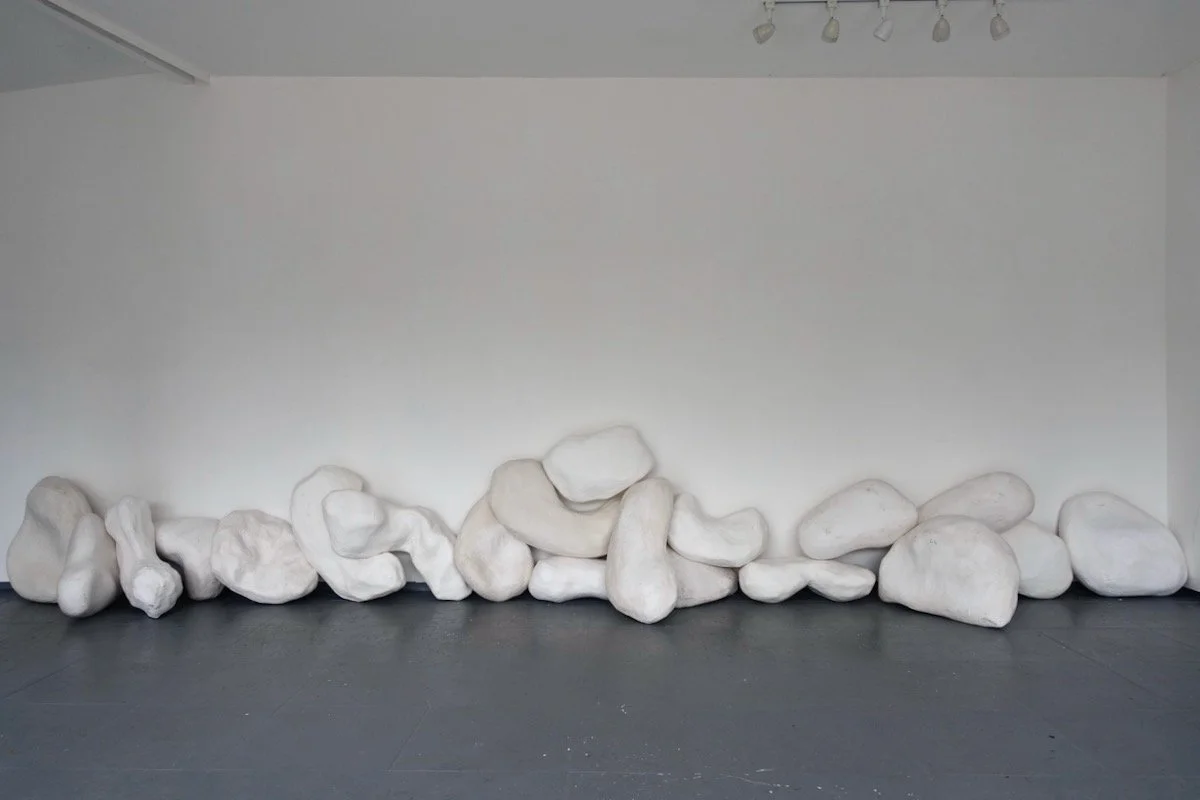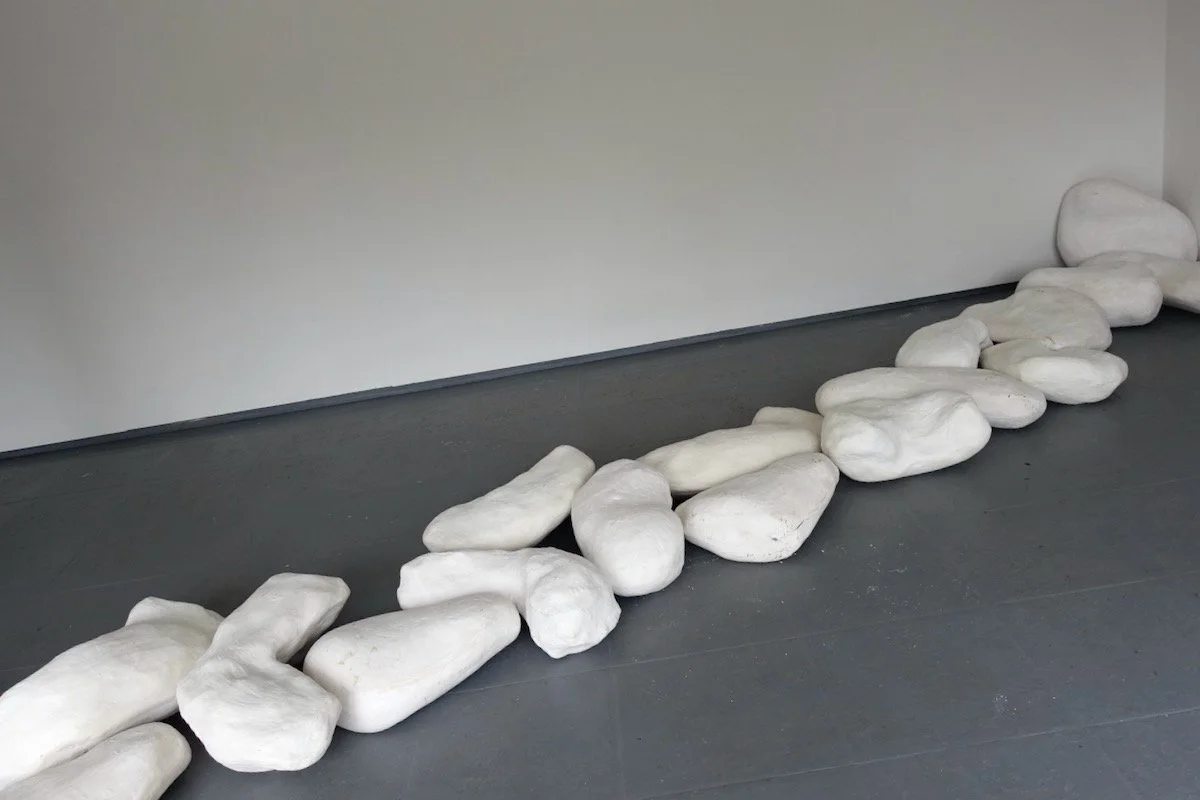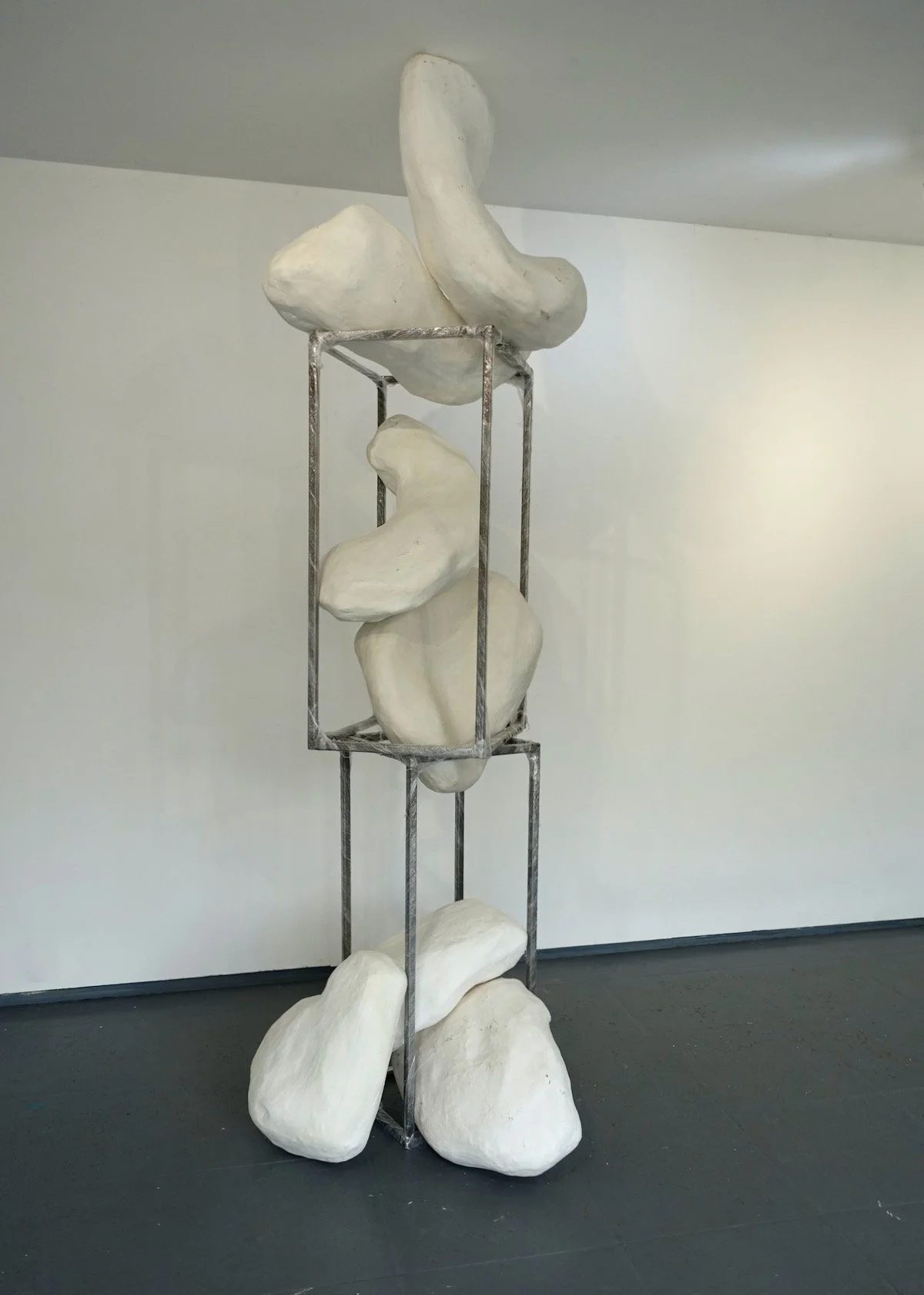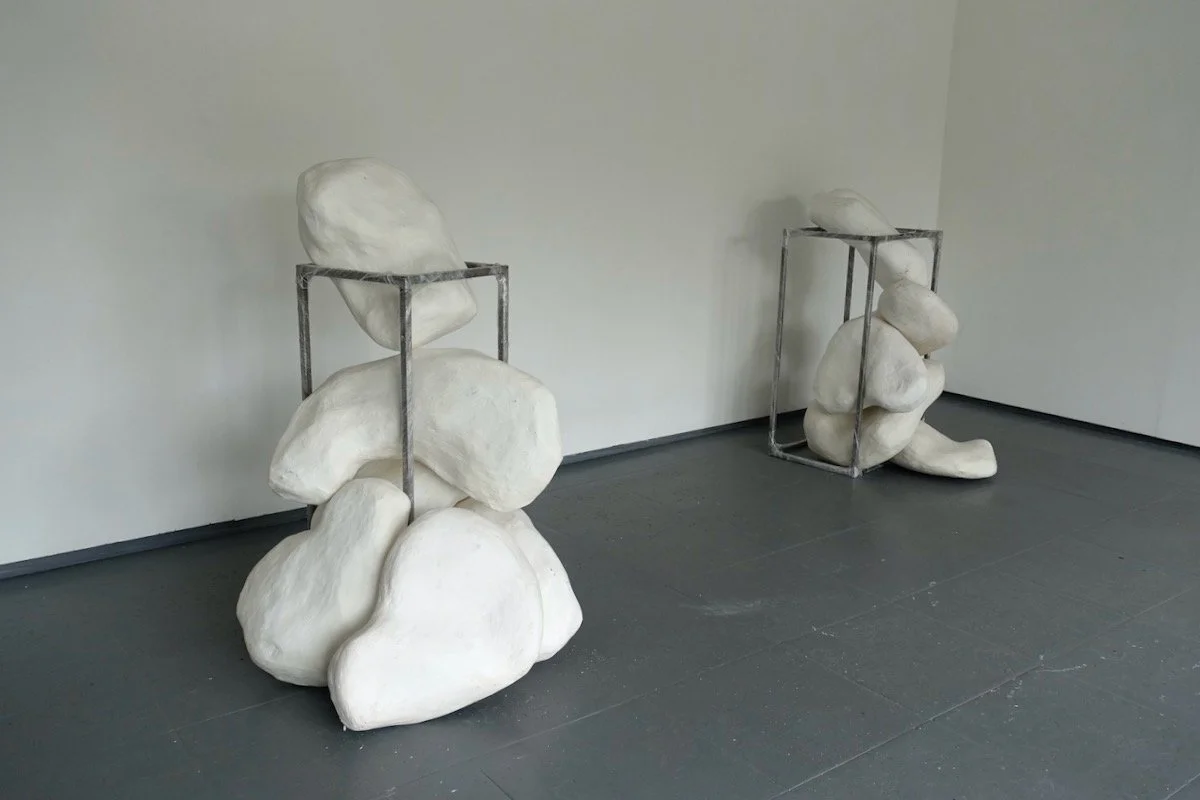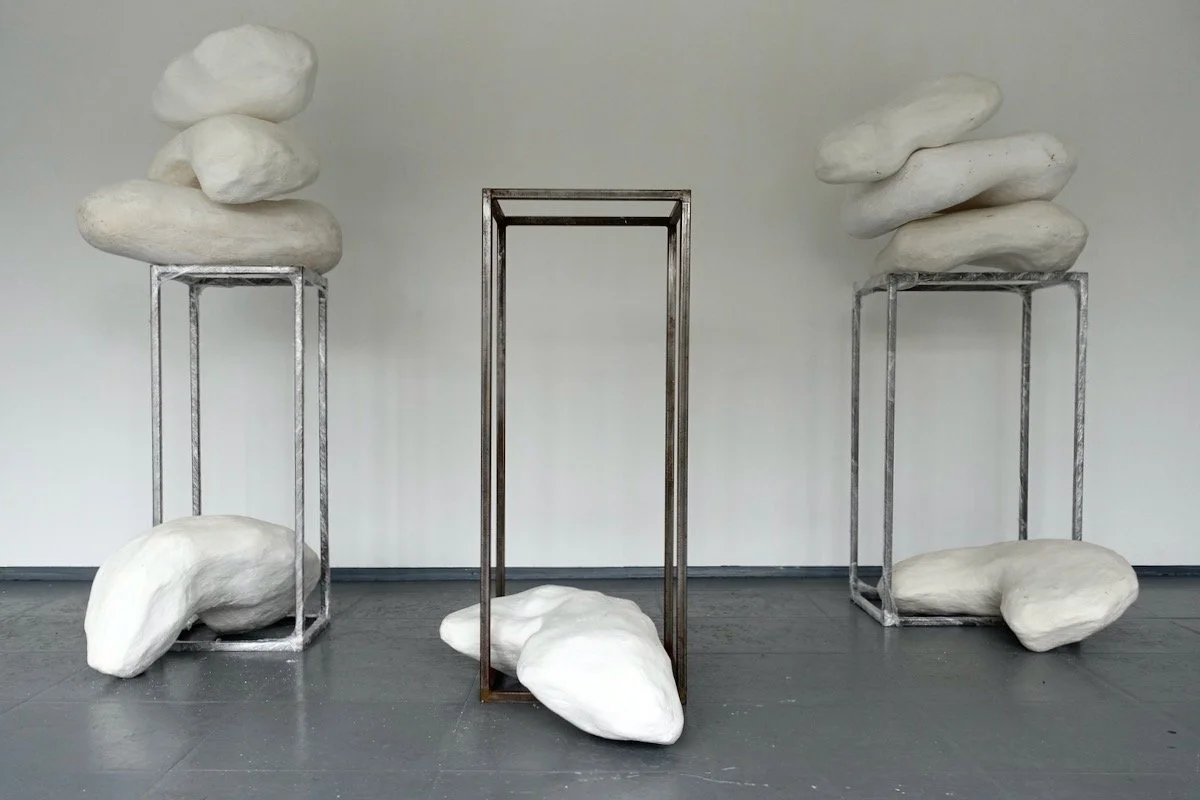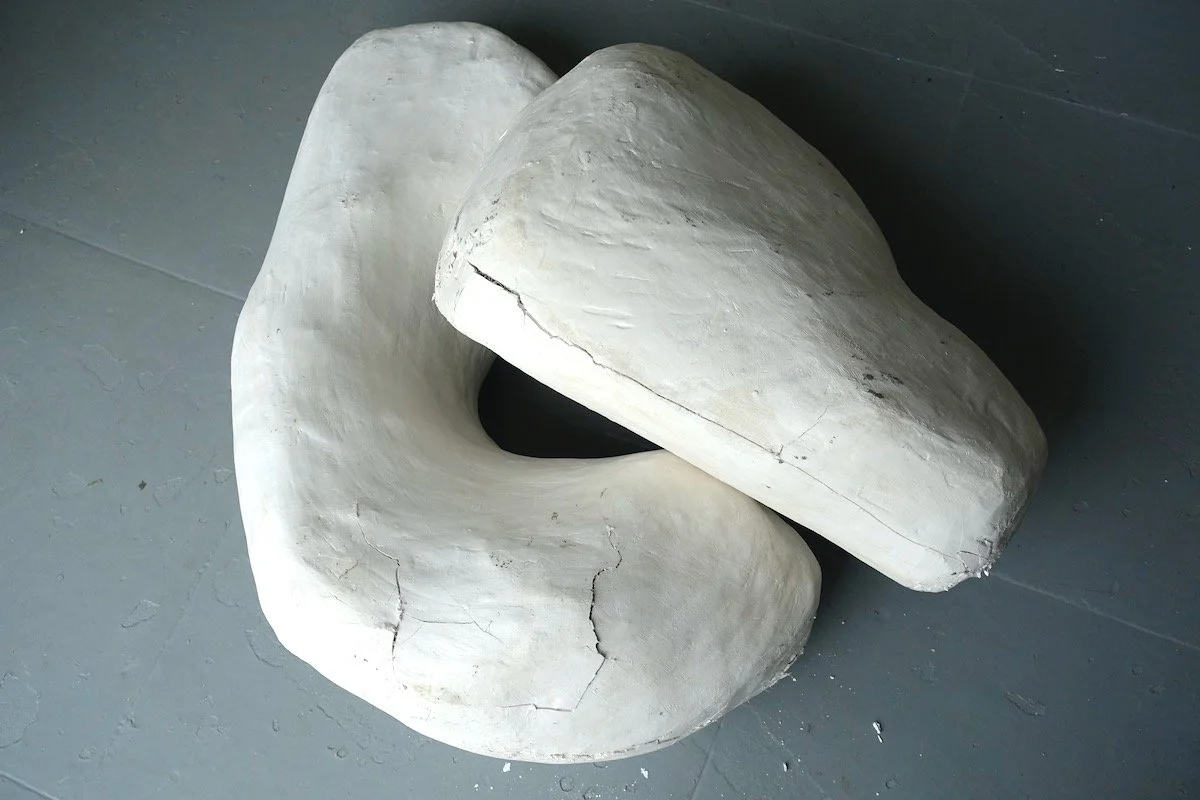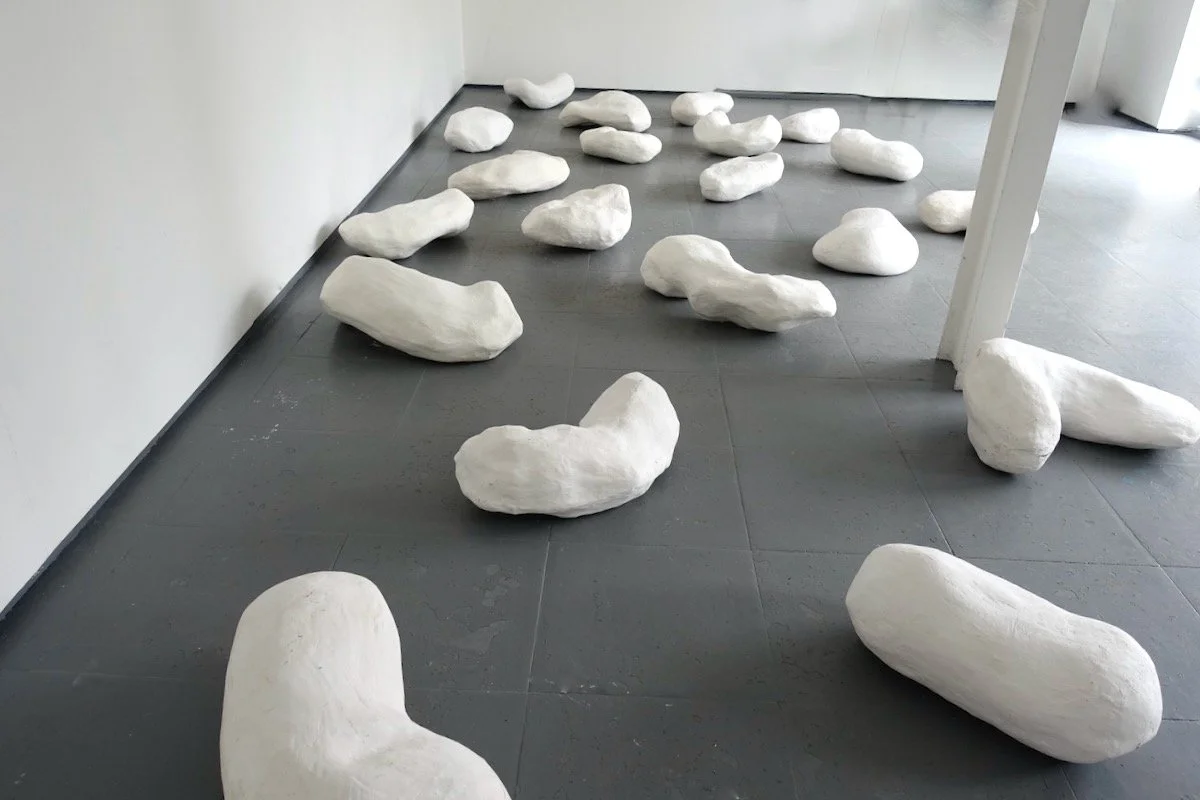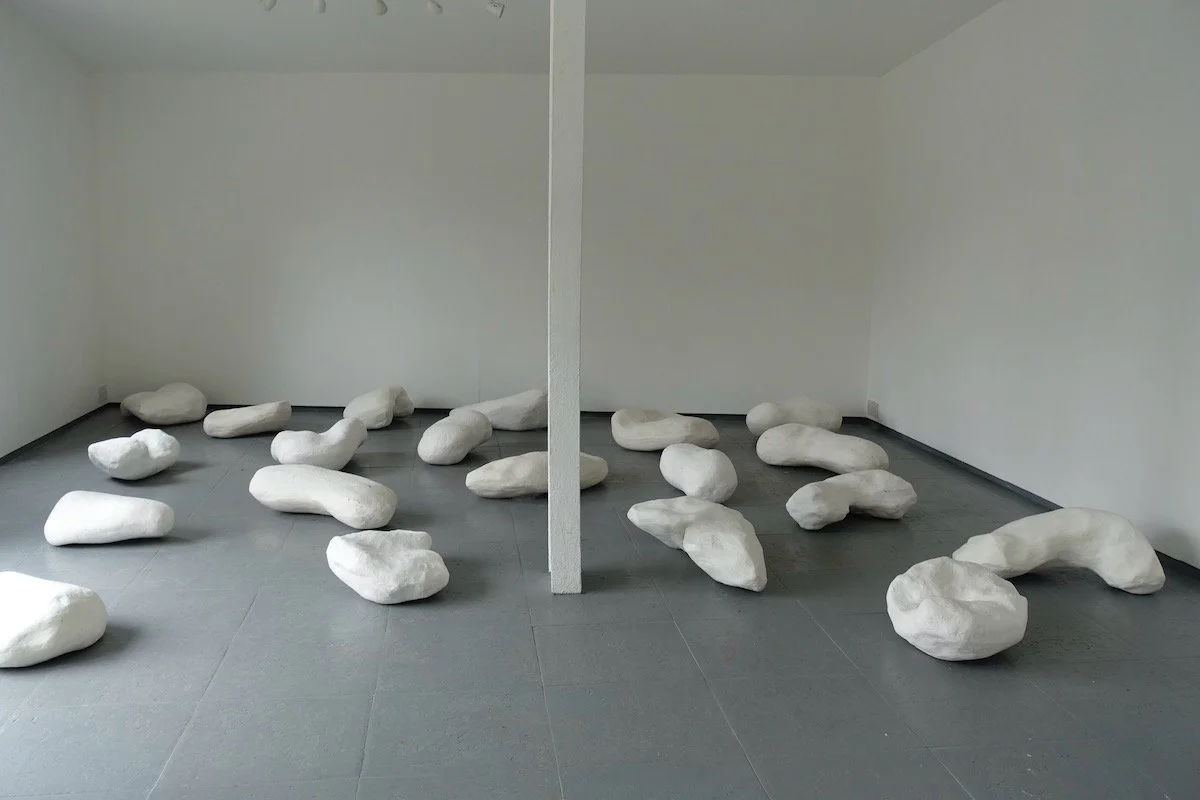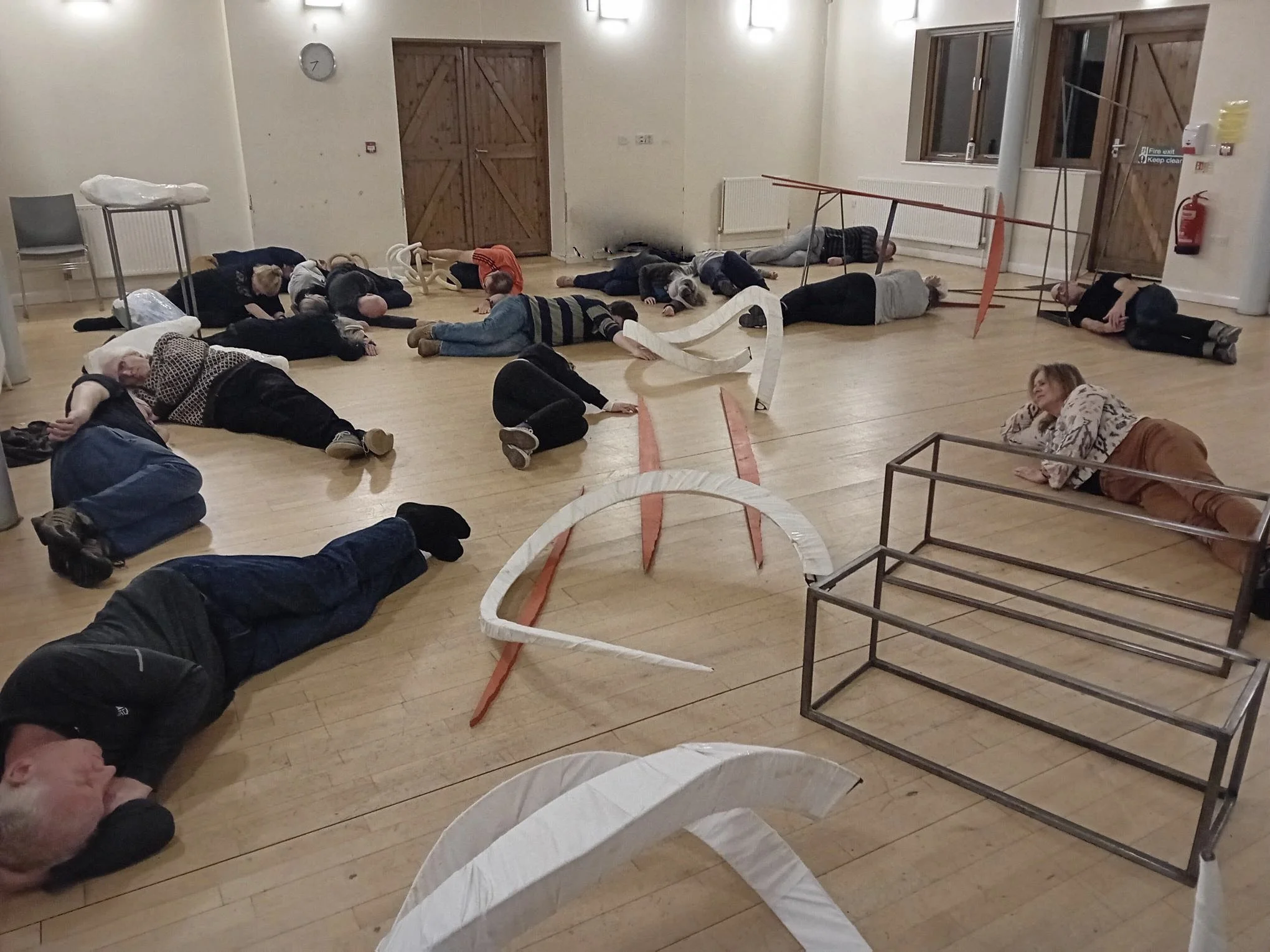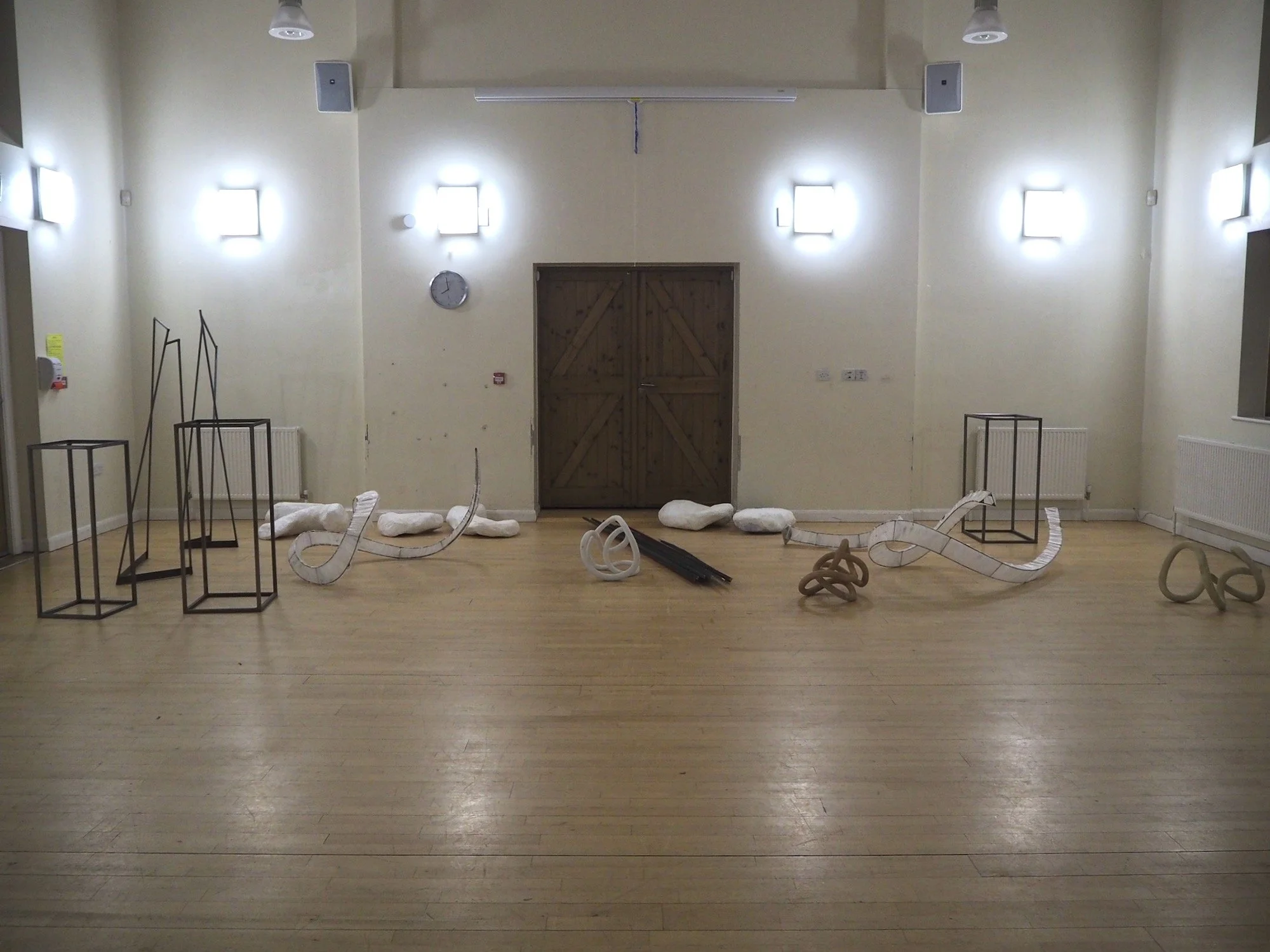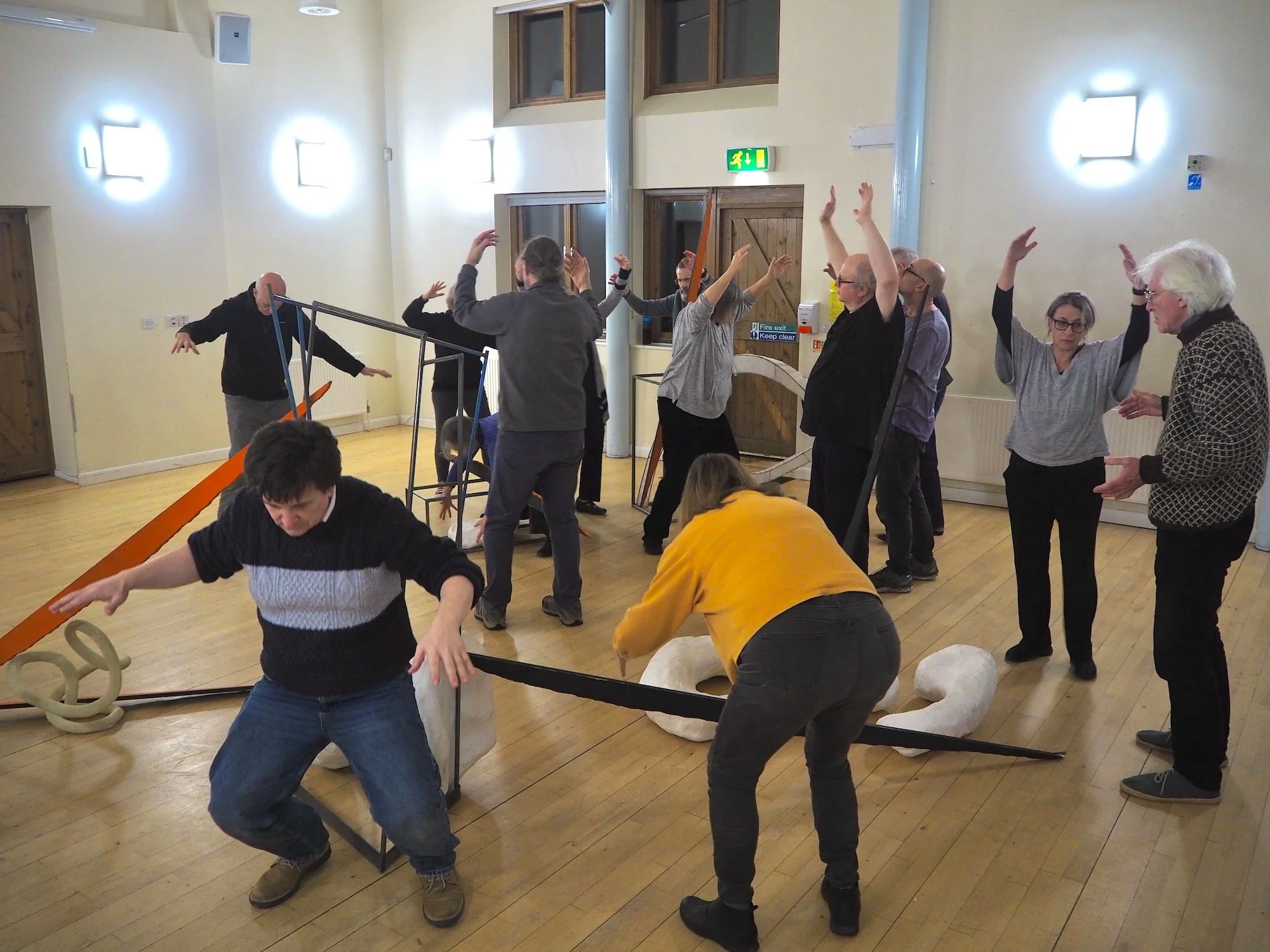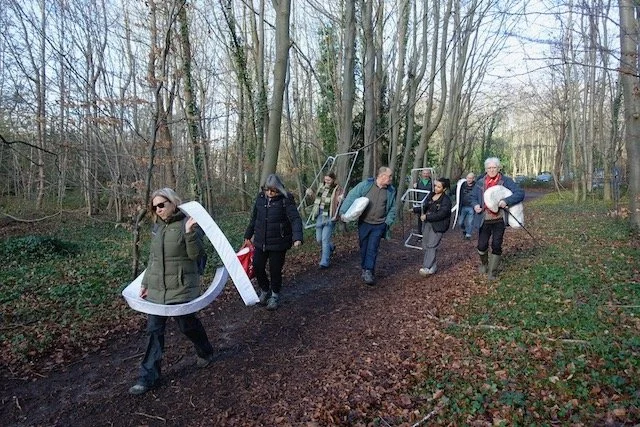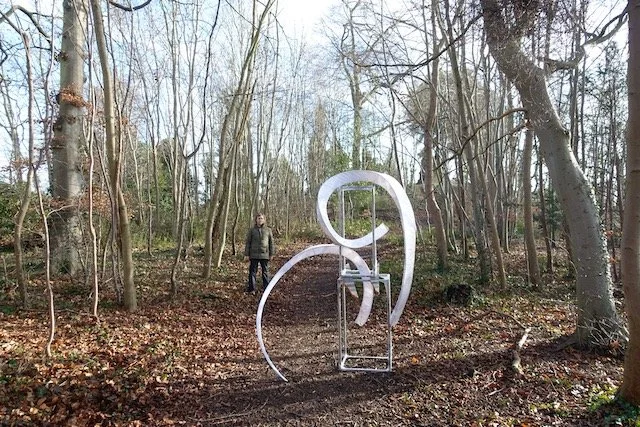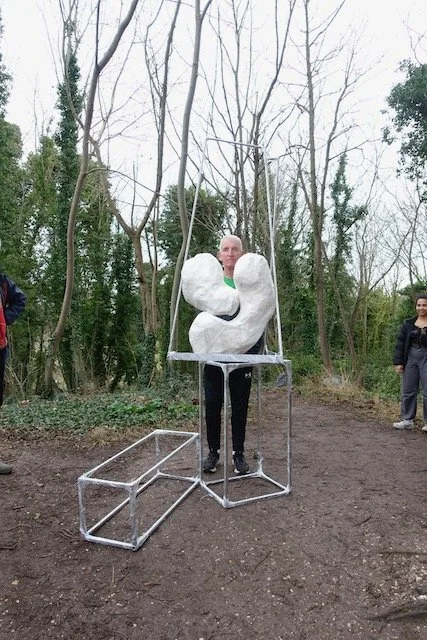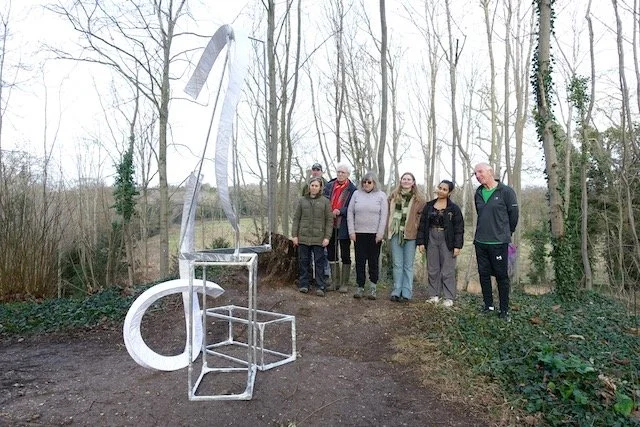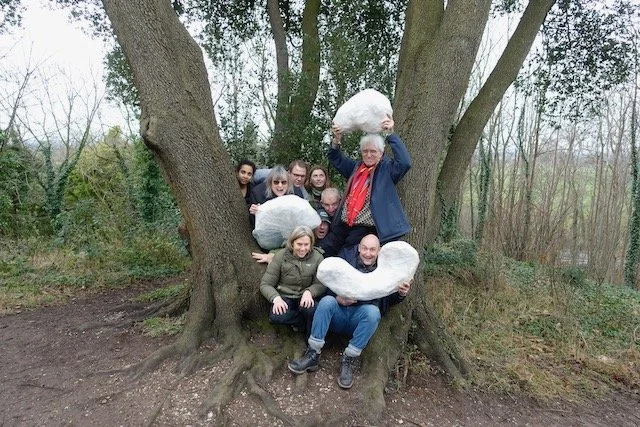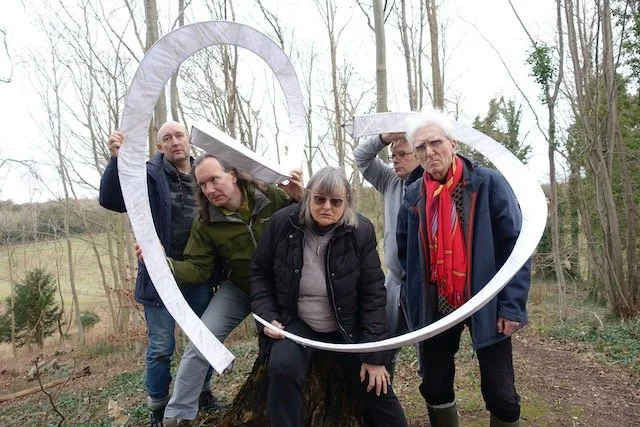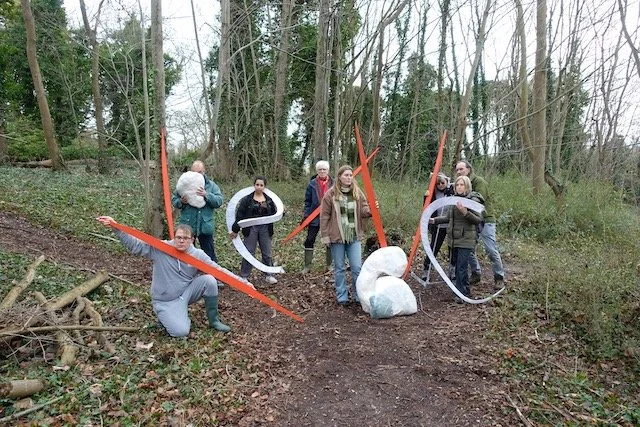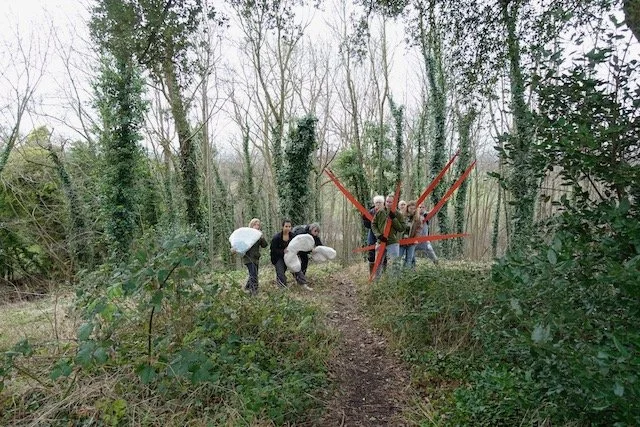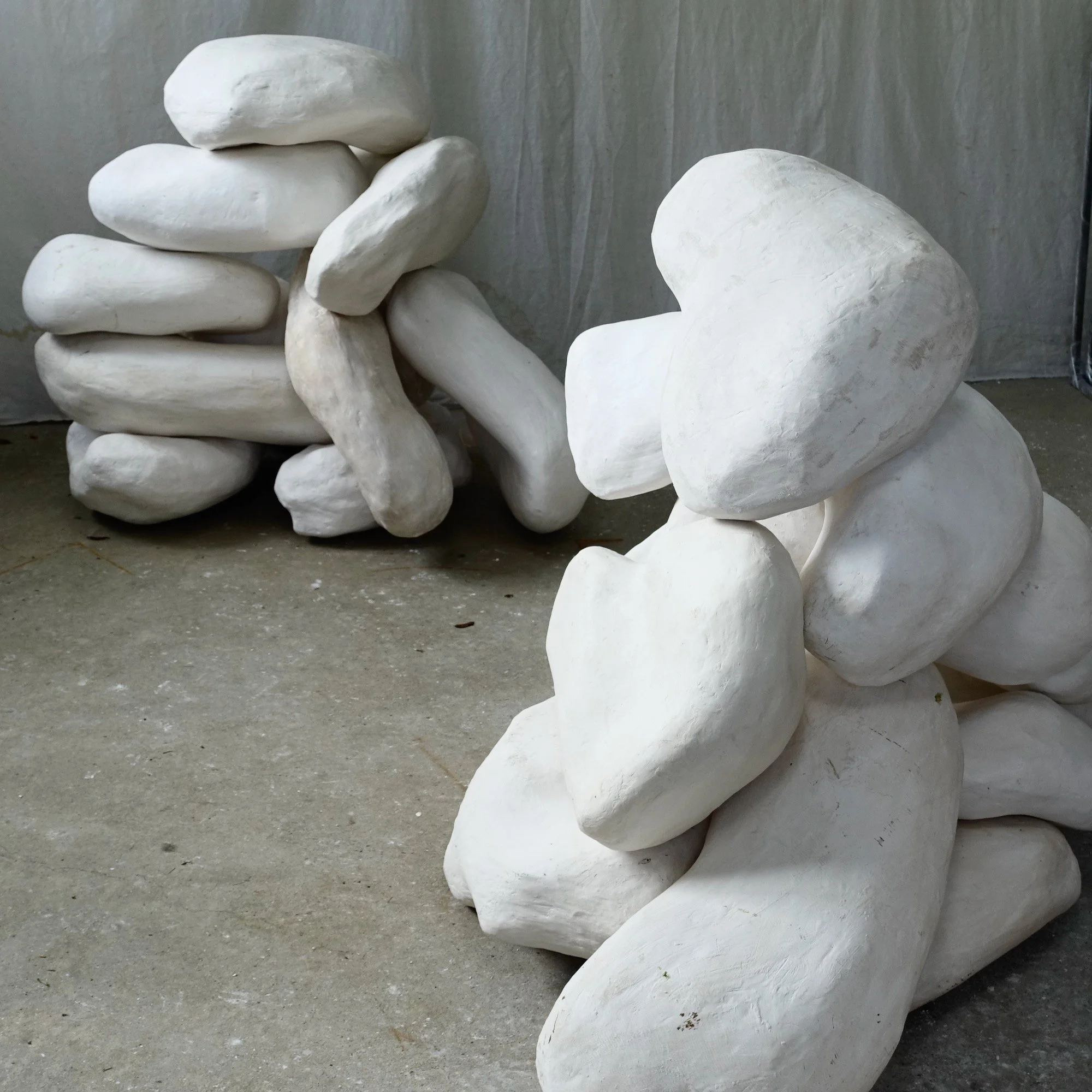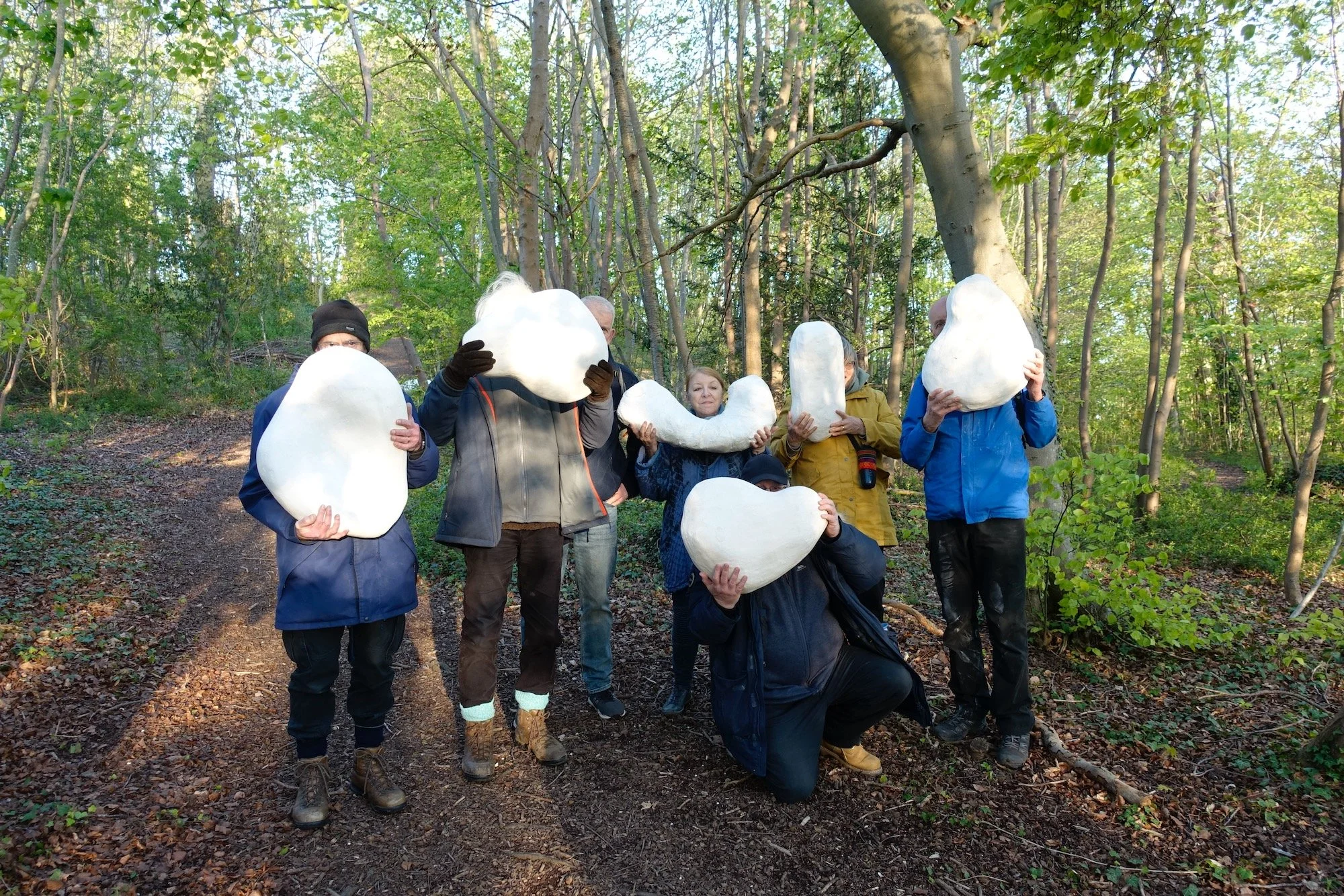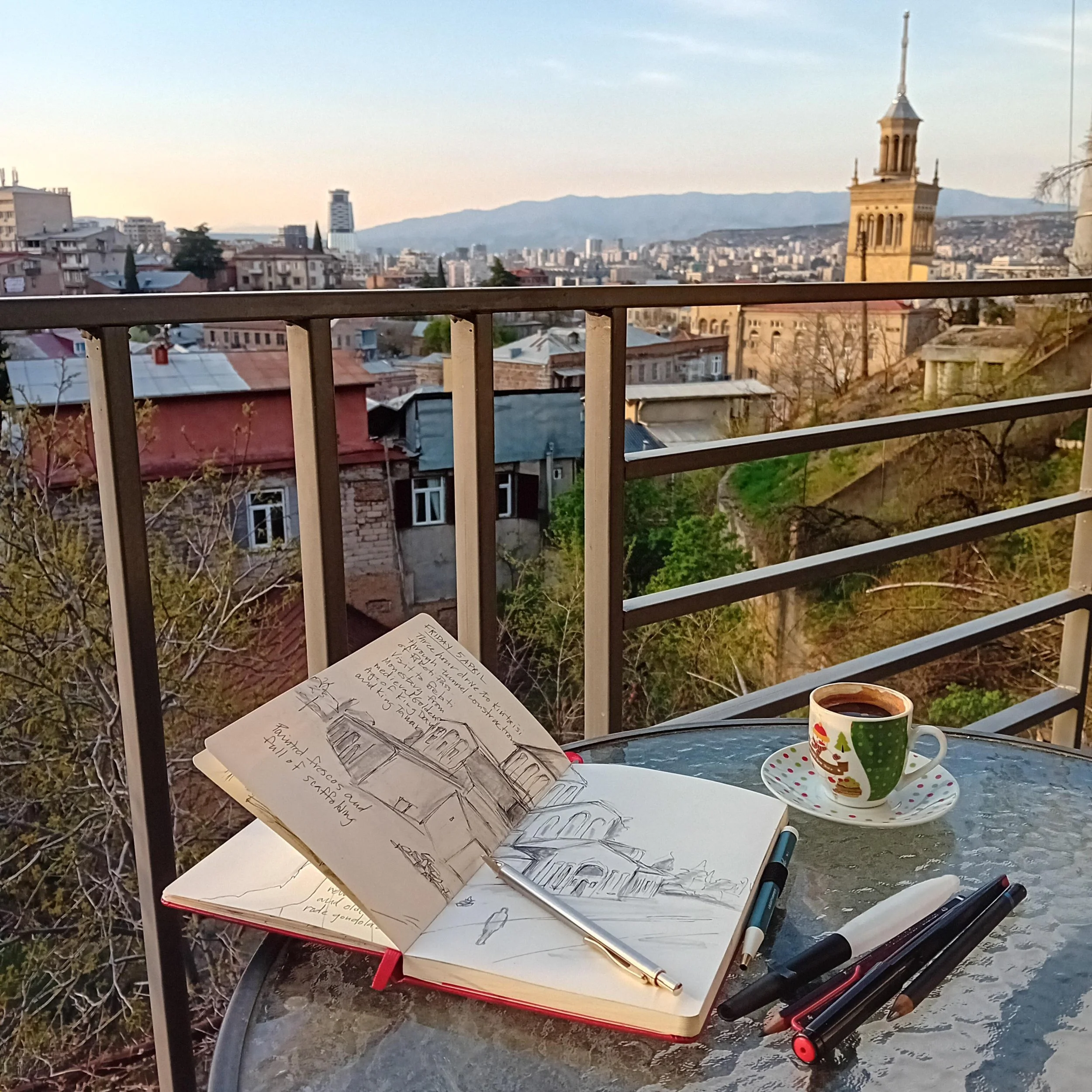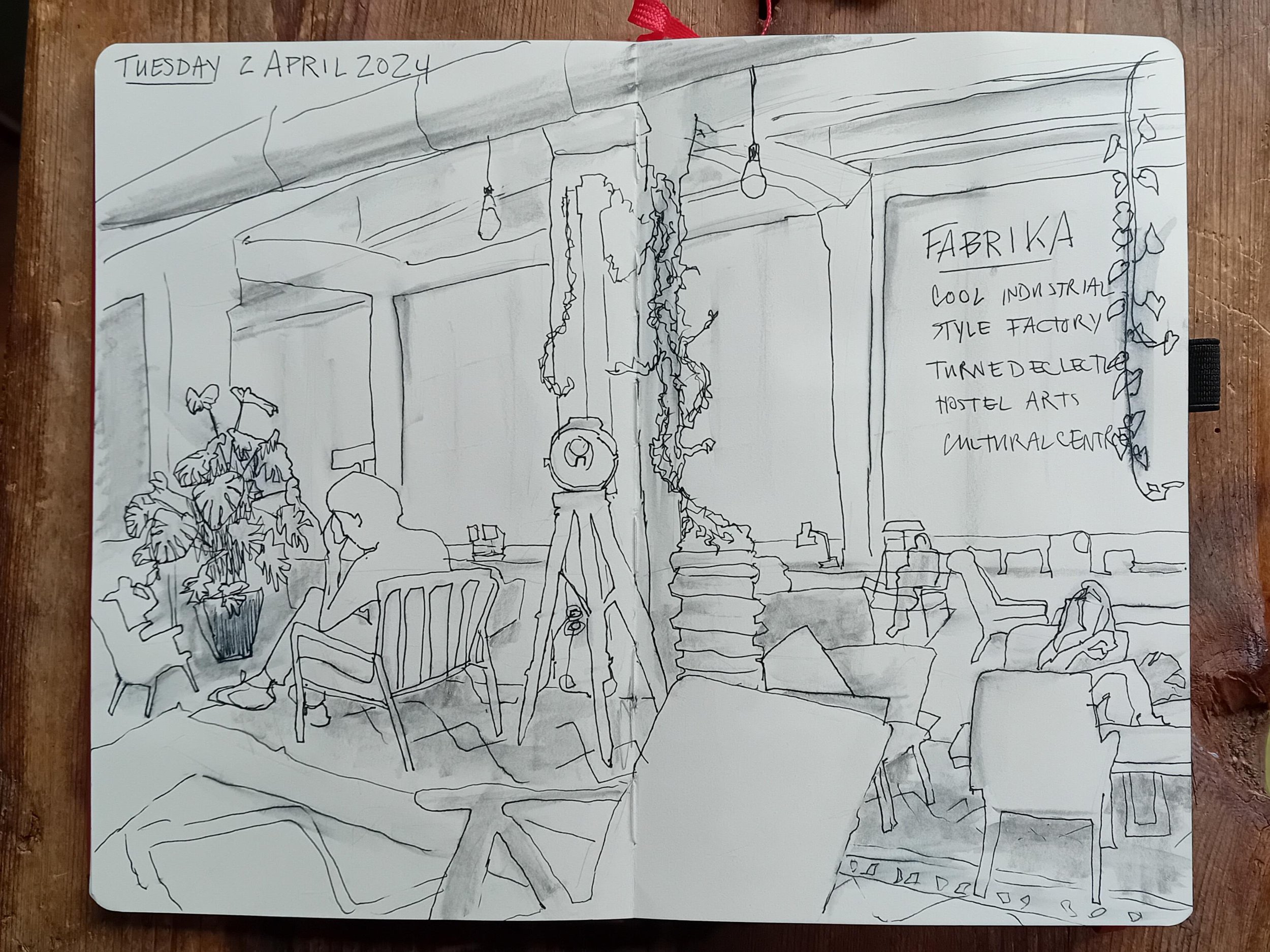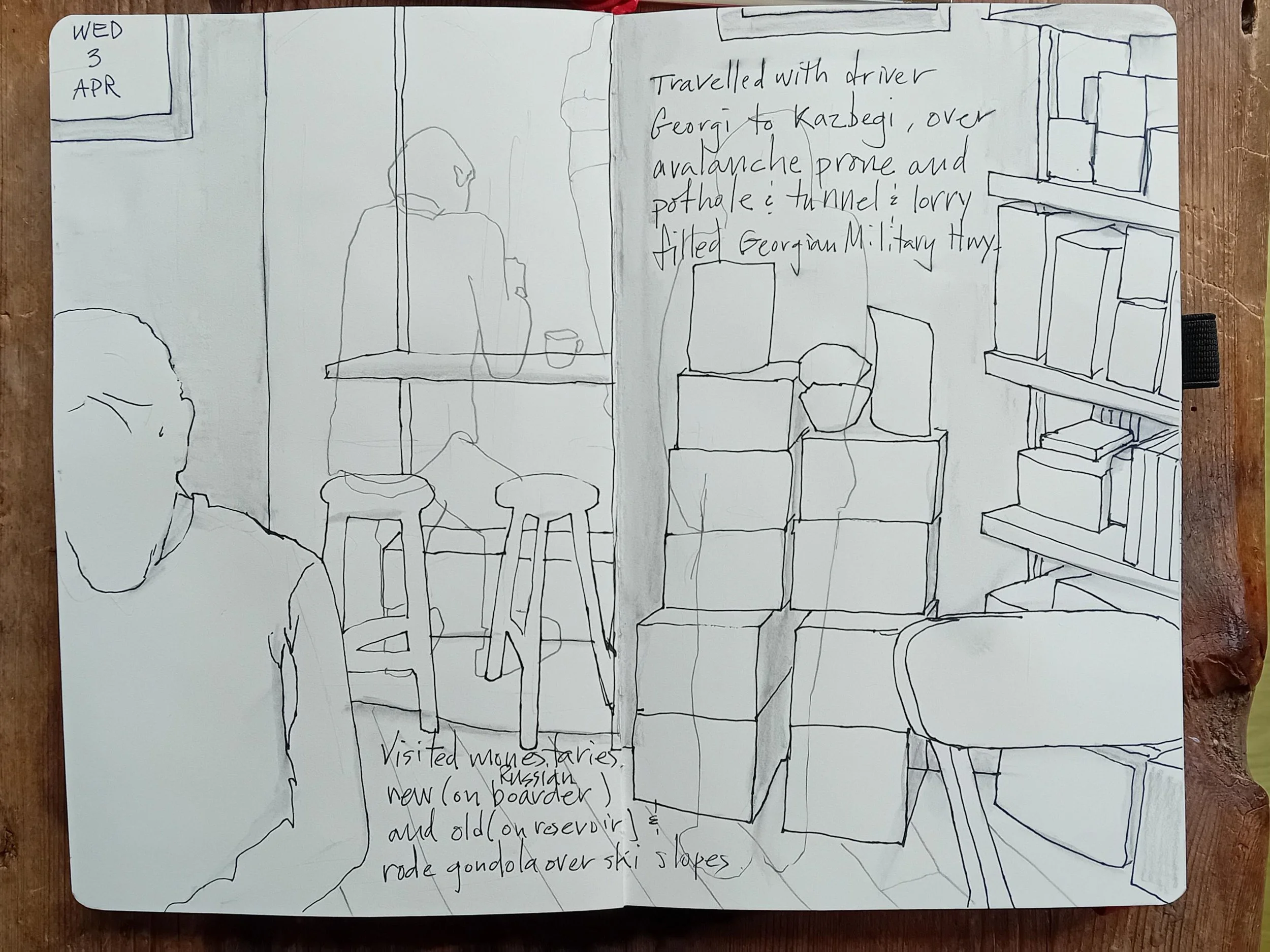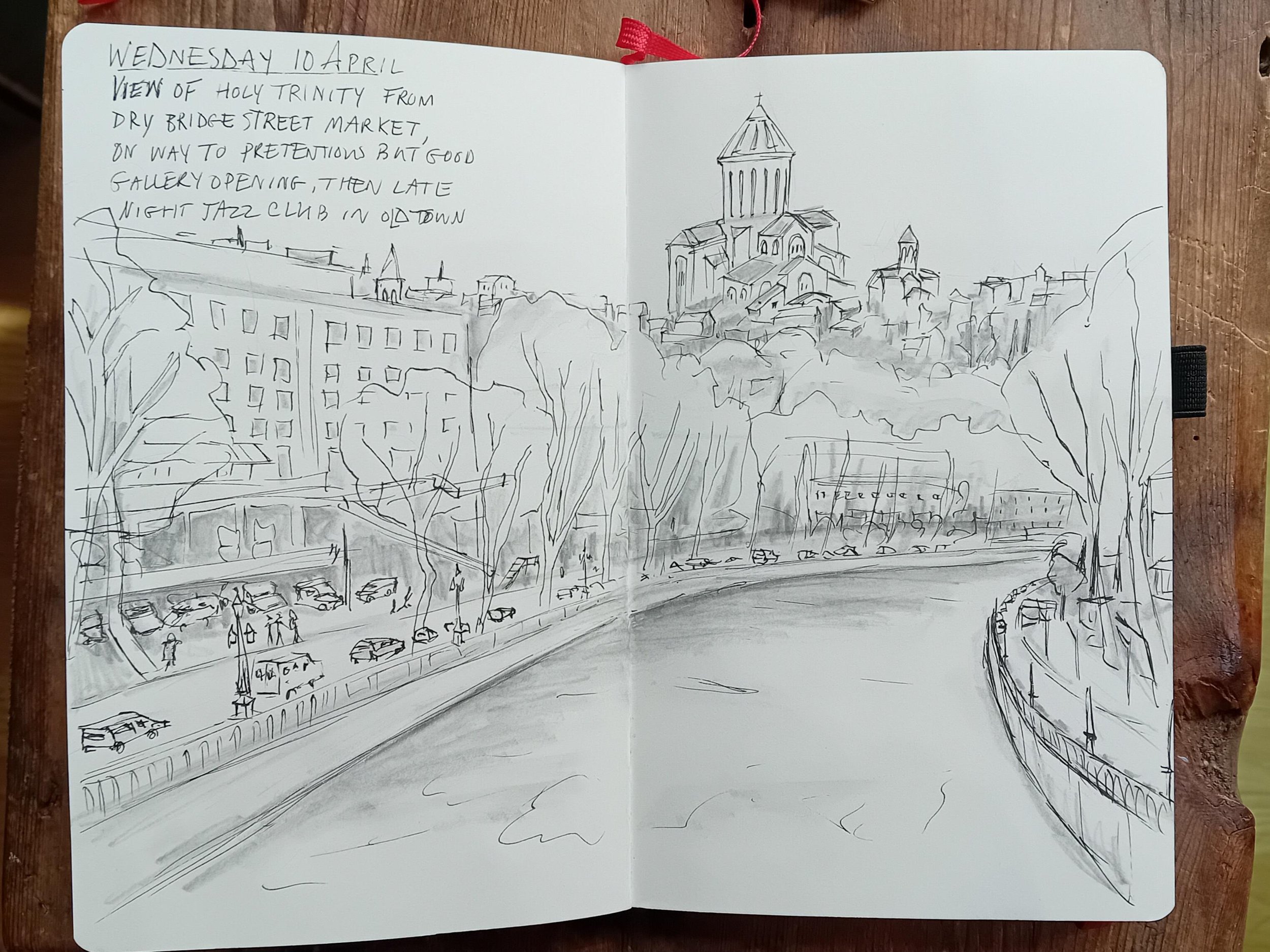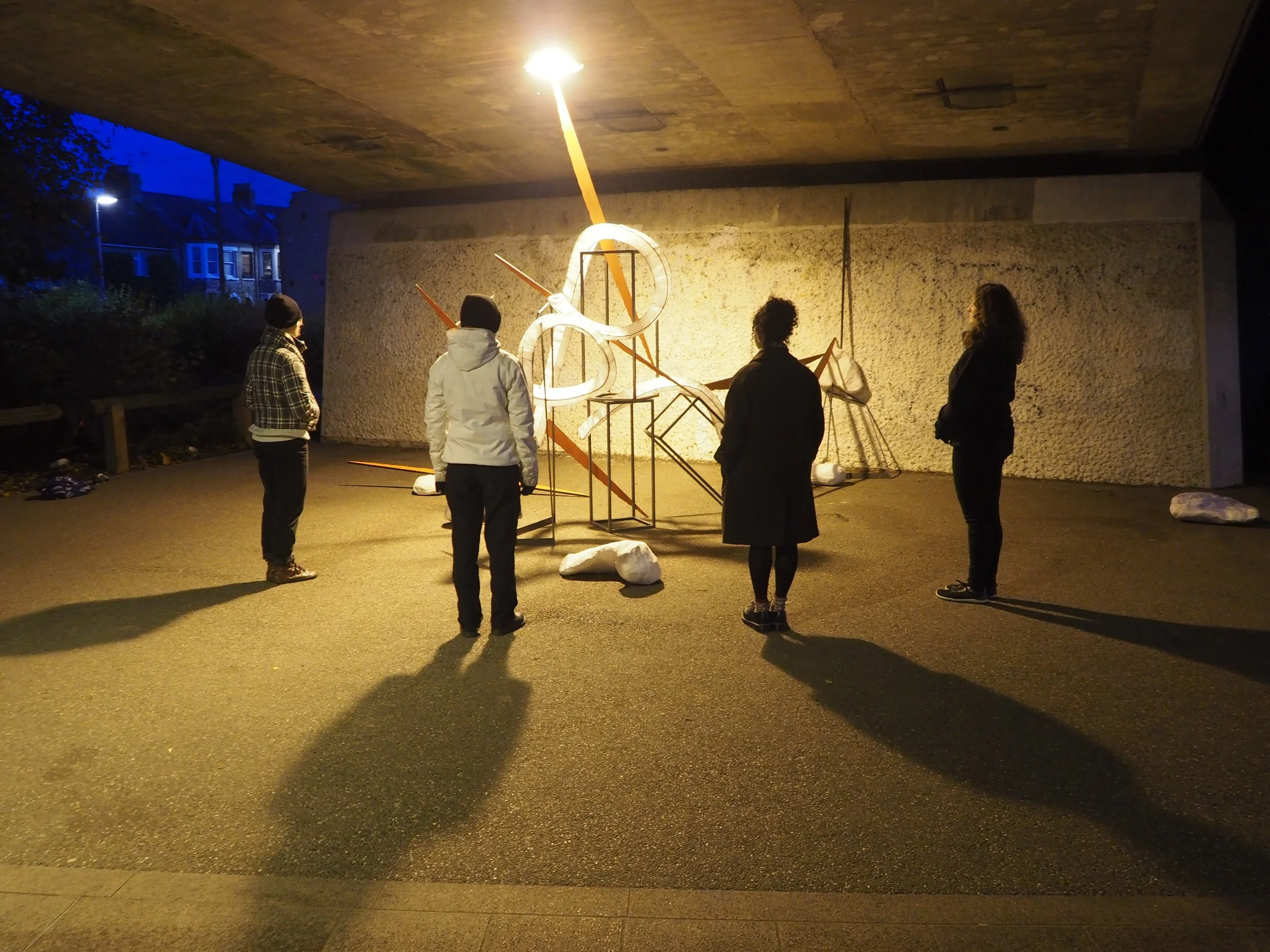I settle in to life at Camp Mondamin. My cabin is right on the lake, and I wake early each morning to an ever shifting view of skies, water and trees. In the evenings there are fireflies and the grasses and trees sparkle mysteriously.
The day unfolds punctuated with the ringing of the large brass bell which echos across camp: from the first peal at 7:45, accompanied by a bellow of ‘Good Morning Mondamin!’, through meal and activity times, to the call to cabins and ‘lights out’ bell at 10 pm. Breakfast is followed by assembly, with songs sung enthusiastically if not always in tune, and uproarious announcement of day’s activites: Overnight mountaineering adventures! Sailing races! Mountain bike jumping and River kayaking! Weekly evening activities include rambunctious outdoor games, and a dance social with the nearby girls camp, balanced by weekly campfire reflections.
Each morning I walk through trees along the shore to the ‘Craft Castle’, an open air space at top of the camp, in shade of tall trees, overlooking the swimming area, boating docks, and across the lake to hills and boathouses. I join Bunyan, an artist and mountaineer, who leads the Arts and Crafts programme, and Sam a cabin counsellor and artist, also from the UK. I will be covering Bunyan’s position when he is away for the next several weeks. But first, I have a few days to get to know the camp and campers.
I sit sketching at the back of morning assembly, and introduce myself to campers by way of drawing portraits. The boys are marvellously complementary of my efforts and thrilled to sit for me and be drawn- ‘Can you do me next? Me??’ So nice to have such willing models and artistic acclaim! I chat with the boys, ask them about themselves, their lives and the things they like at camp. Many are from the Southern states, and have charming accents and manners. They are boisterous, cheeky and full of enthusiasm. I draw the younger campers more than the older ones, who are frequently preparing or out on overnight trips. Drawing portraits is also a sneaky way of getting campers intrigued to start drawing themselves. I am using my ink pens, and a watercolour pencil for shade, experimenting with capturing form and tone using a thin ink line. I let them try out my pens and carry around extra pencils and card for them to use.
During my time here I hope to contribute to an active culture of creativity, based on the portable practice of drawing. In Wanderlust, Rebecca Solnit finds a natural affinity between the activities of walking and reading, a similarity in the linear travel through space and thought.
“Walking shares with making and working that crucial element of engagement of the body and the mind with the world, of knowing the world through the body and the body through the world”
I believe this relates as well to the act of drawing, which links observation and sensation with thought and mark making. I hope to encourage the campers to explore drawing as a method of observing, questioning and engaging with the world. Practically, this means that I try to spend less time in the ‘Craft Castle’, and more time out and about. I bring drawing materials to the docks, where we draw and discuss methods to convey perspective. We draw horses and trees and try to capture shape and texture. Some boys bring a fish: through drawing we look more closely, see more detail, become more curious and generate more questions.
I grew up among the dry pine forests of Colorado and now live in the demure countryside of the UK. I’m stunned by the scale and variety of the trees and foliage here in the Appalachians. At nights I read about current research into plant sensing and communication, and learn surprising new evidence of plant decision making, memory and intentionality, behaviour we wouldn't ascribe to plants. (The Light Eaters, by environmental journalist Zoe Schlanger). Scientific research is, like art, about looking and attending closely.


